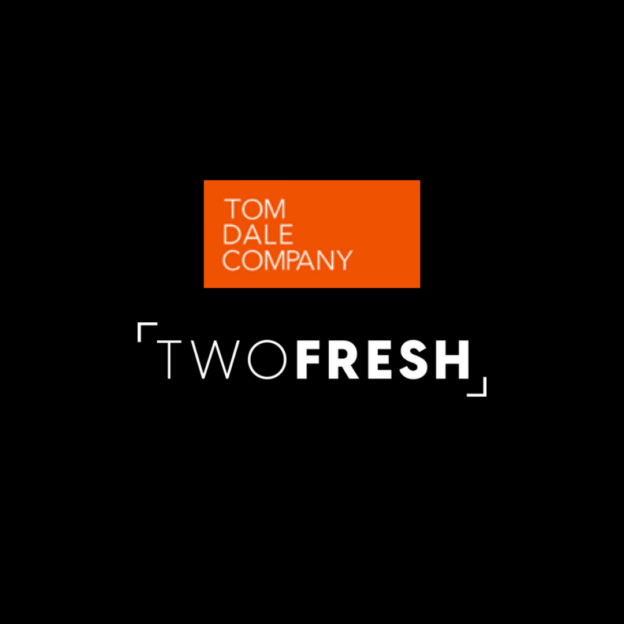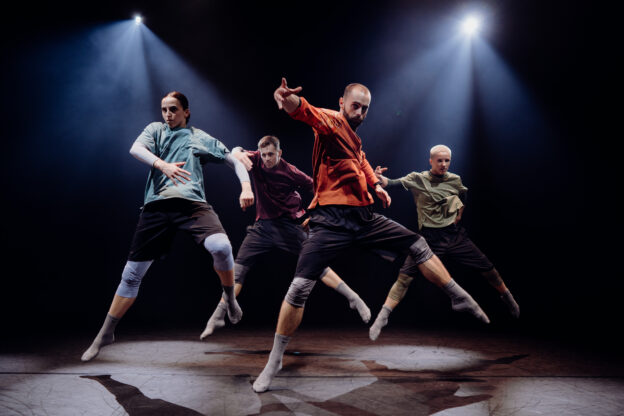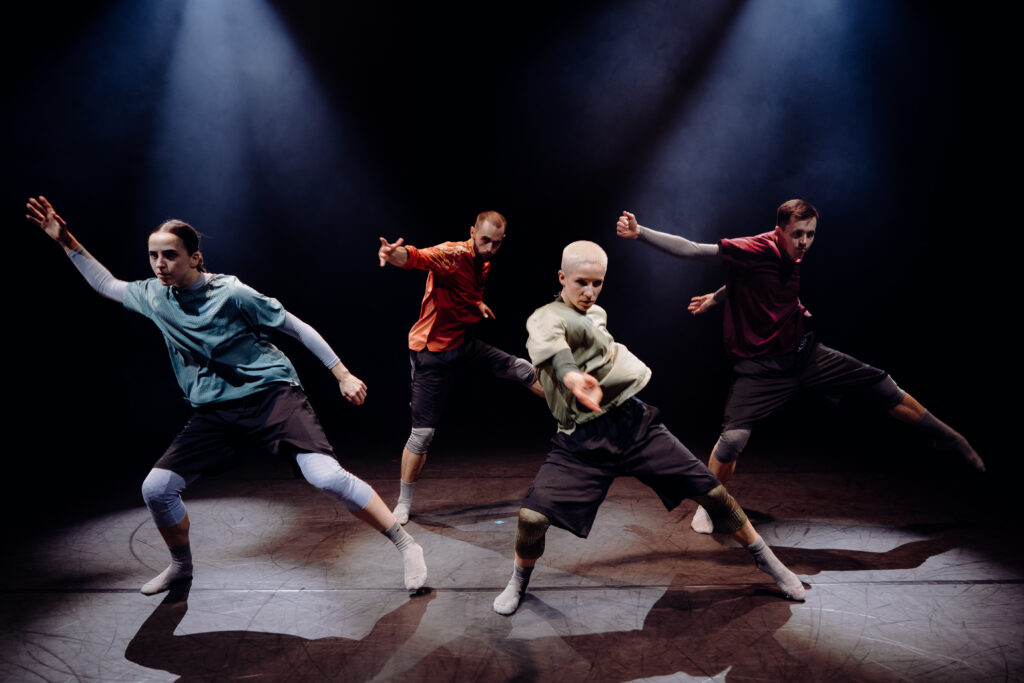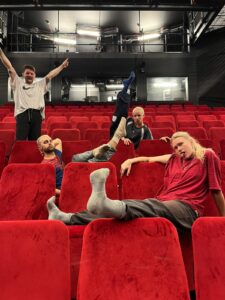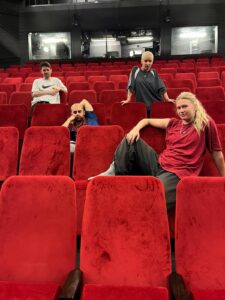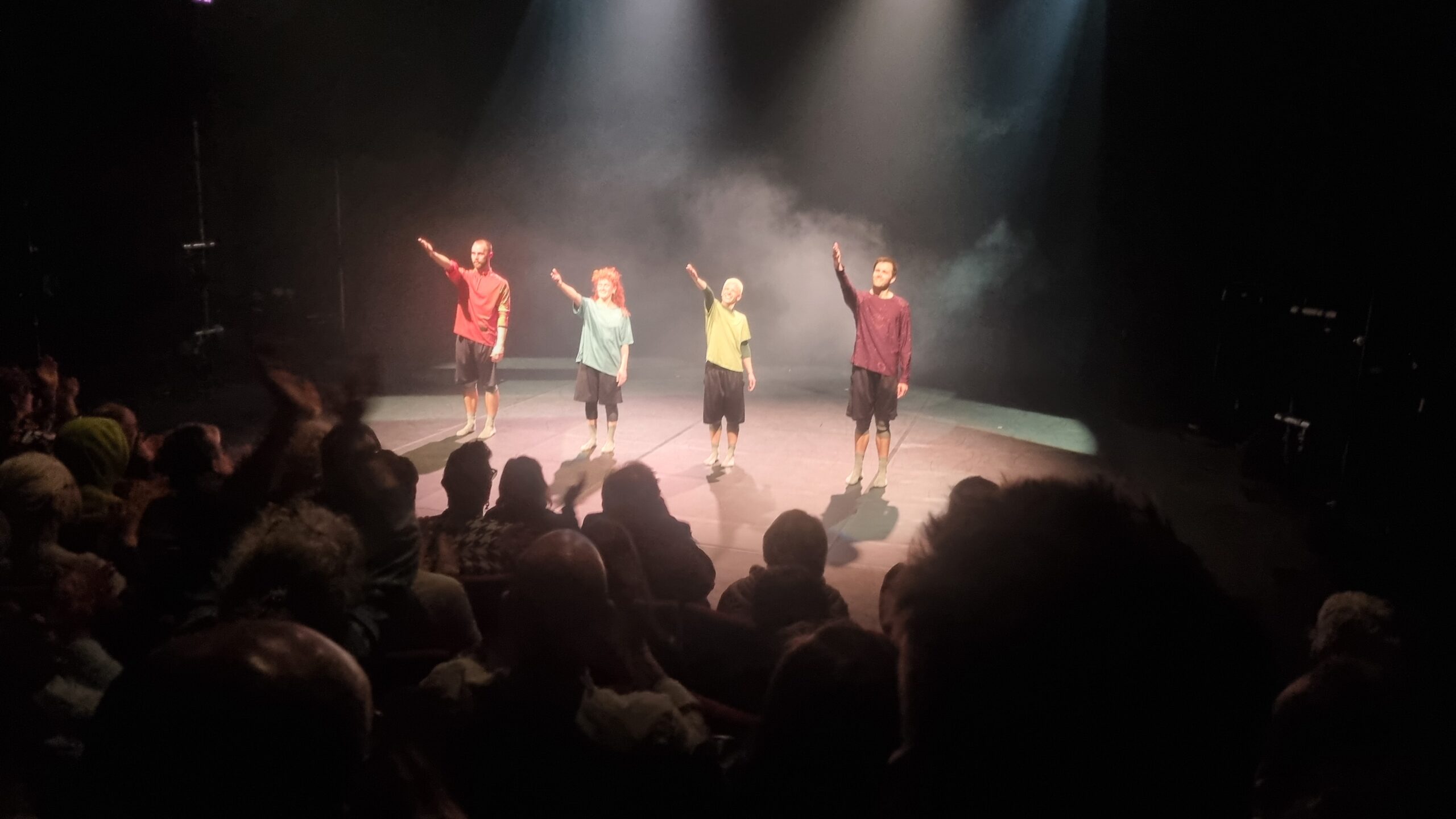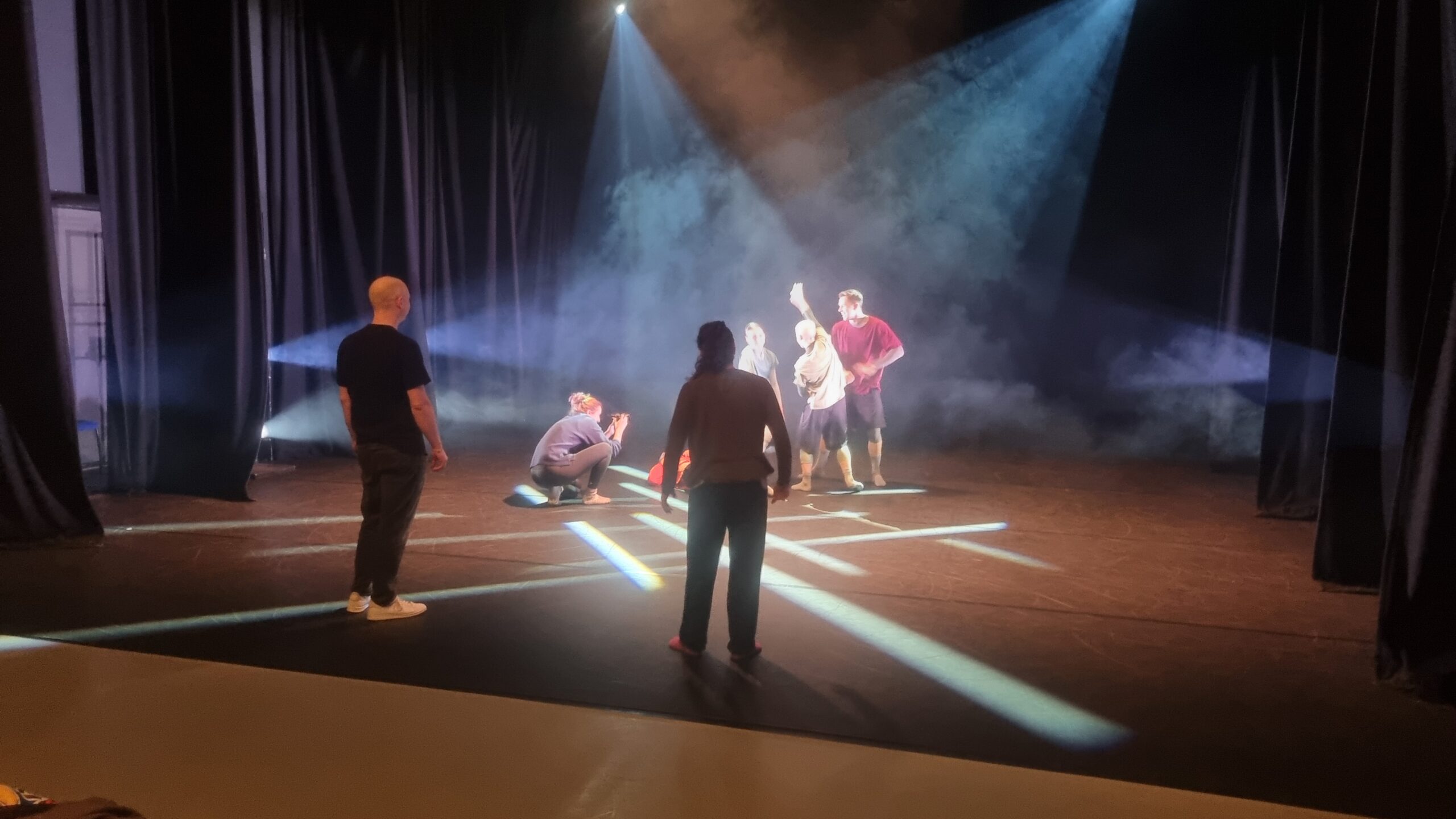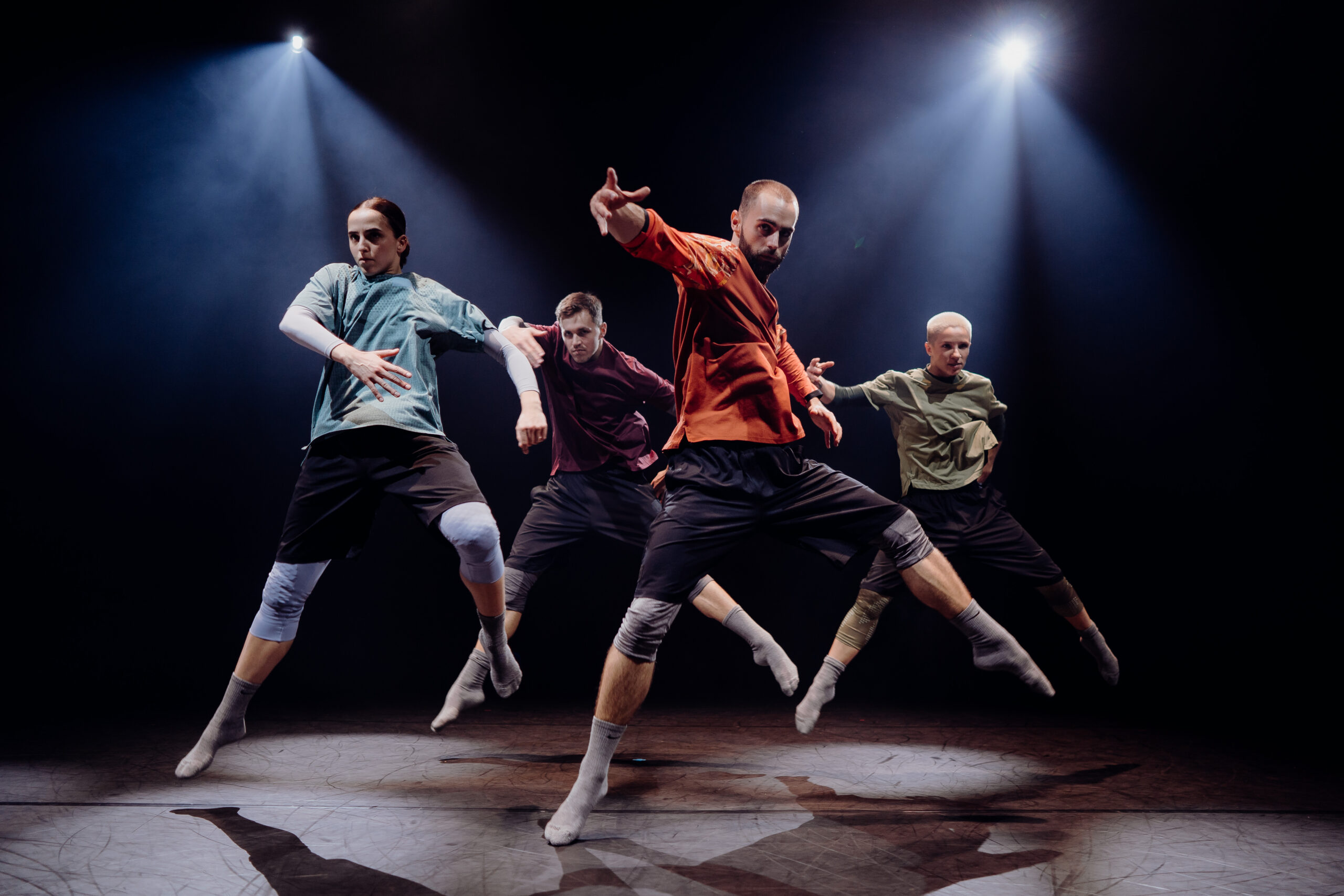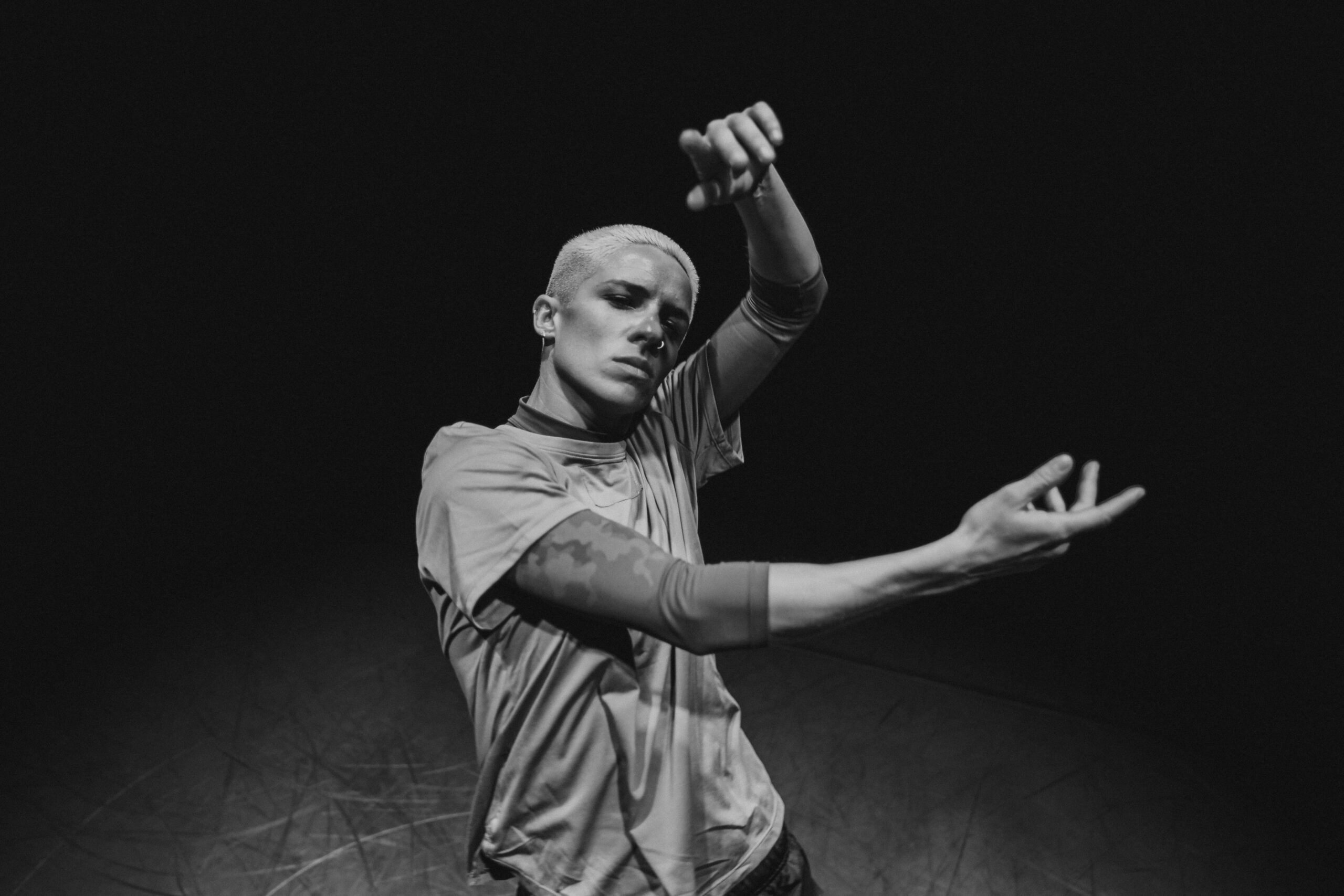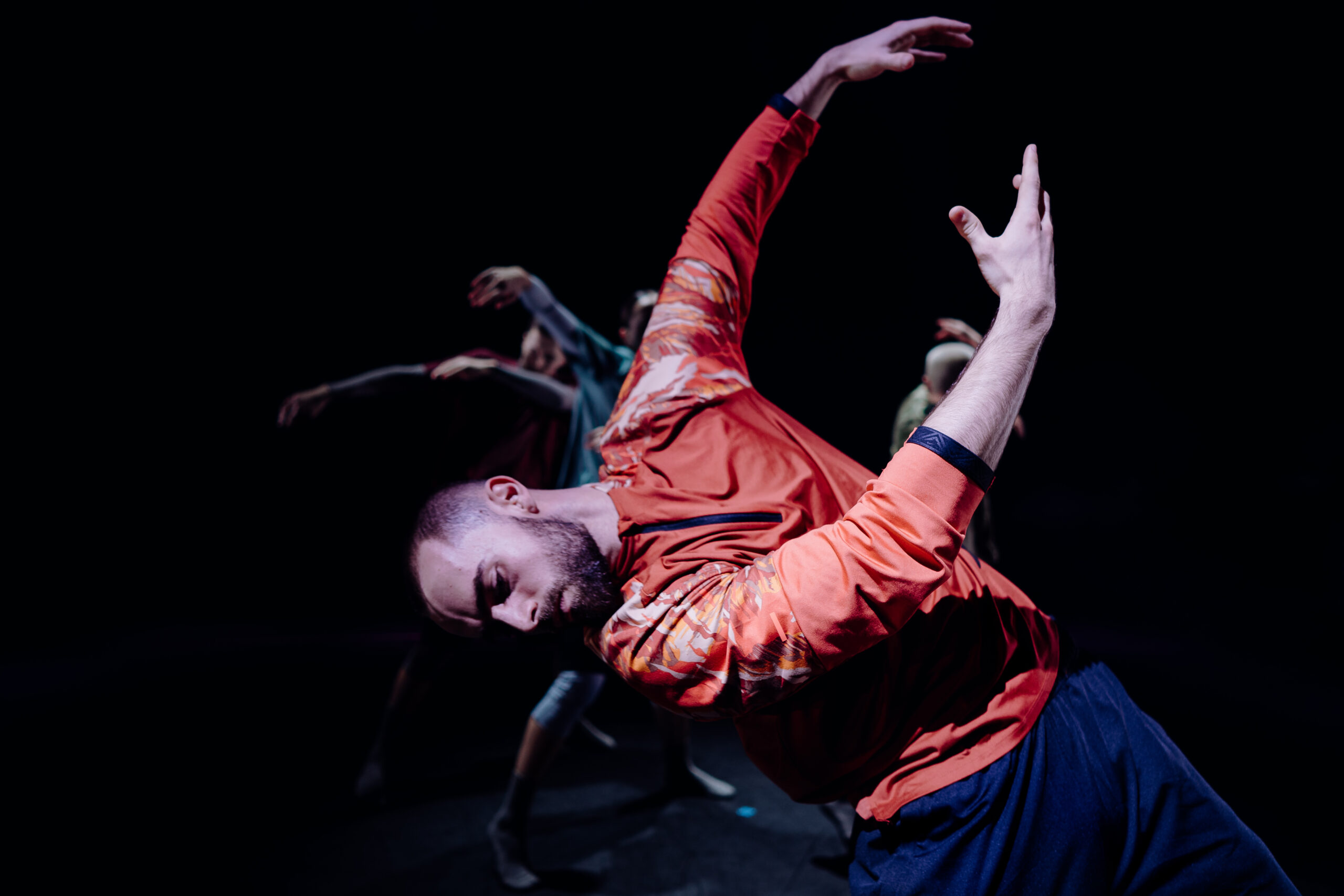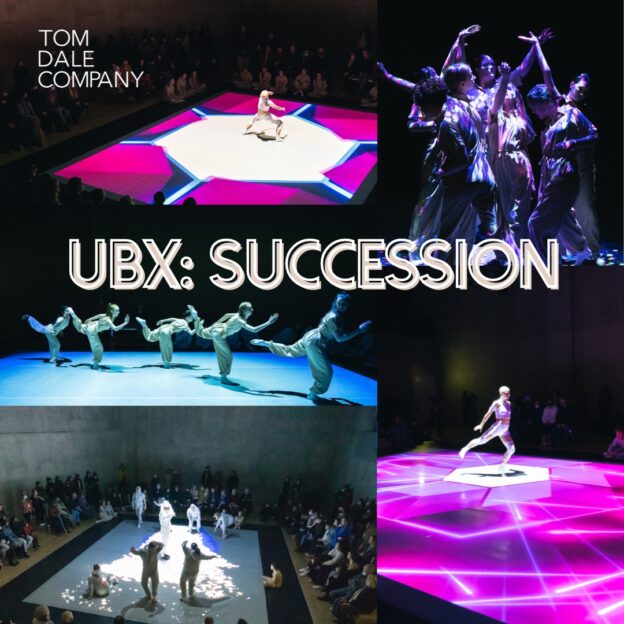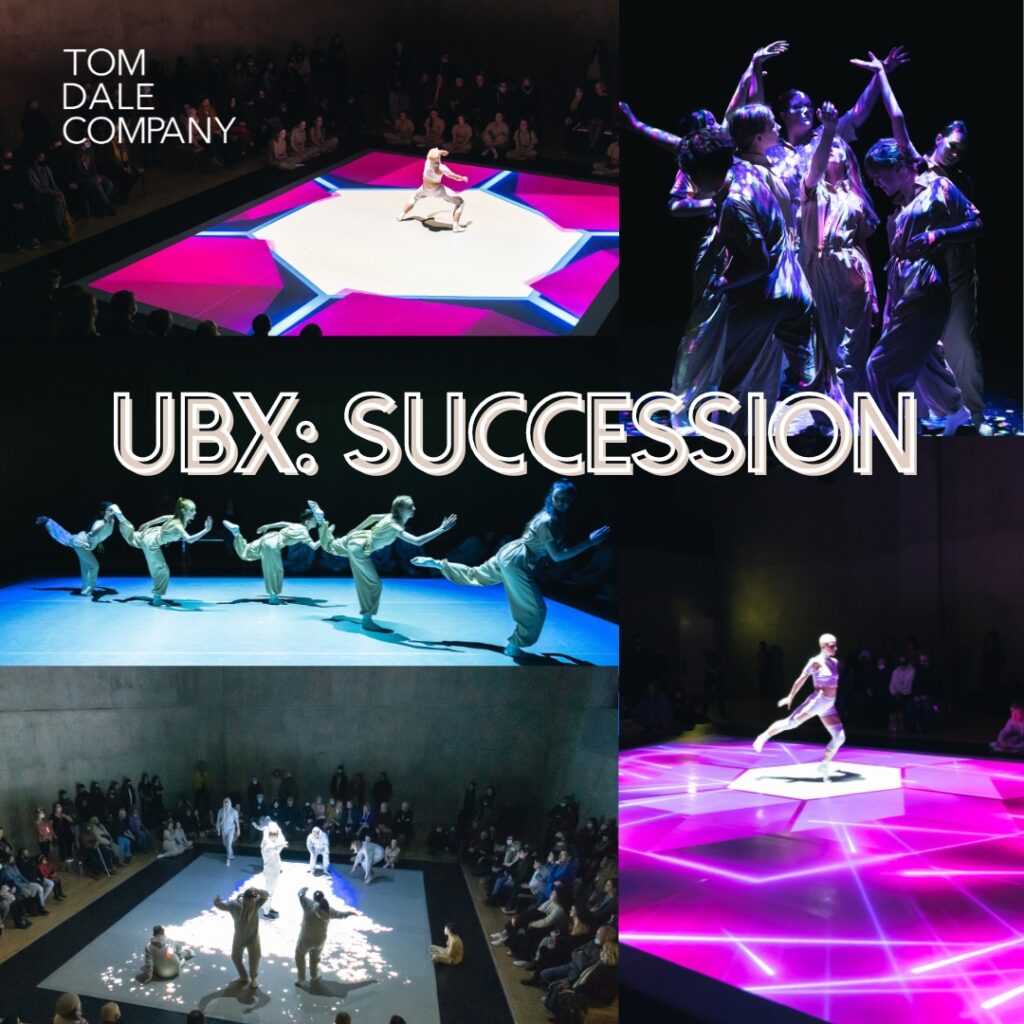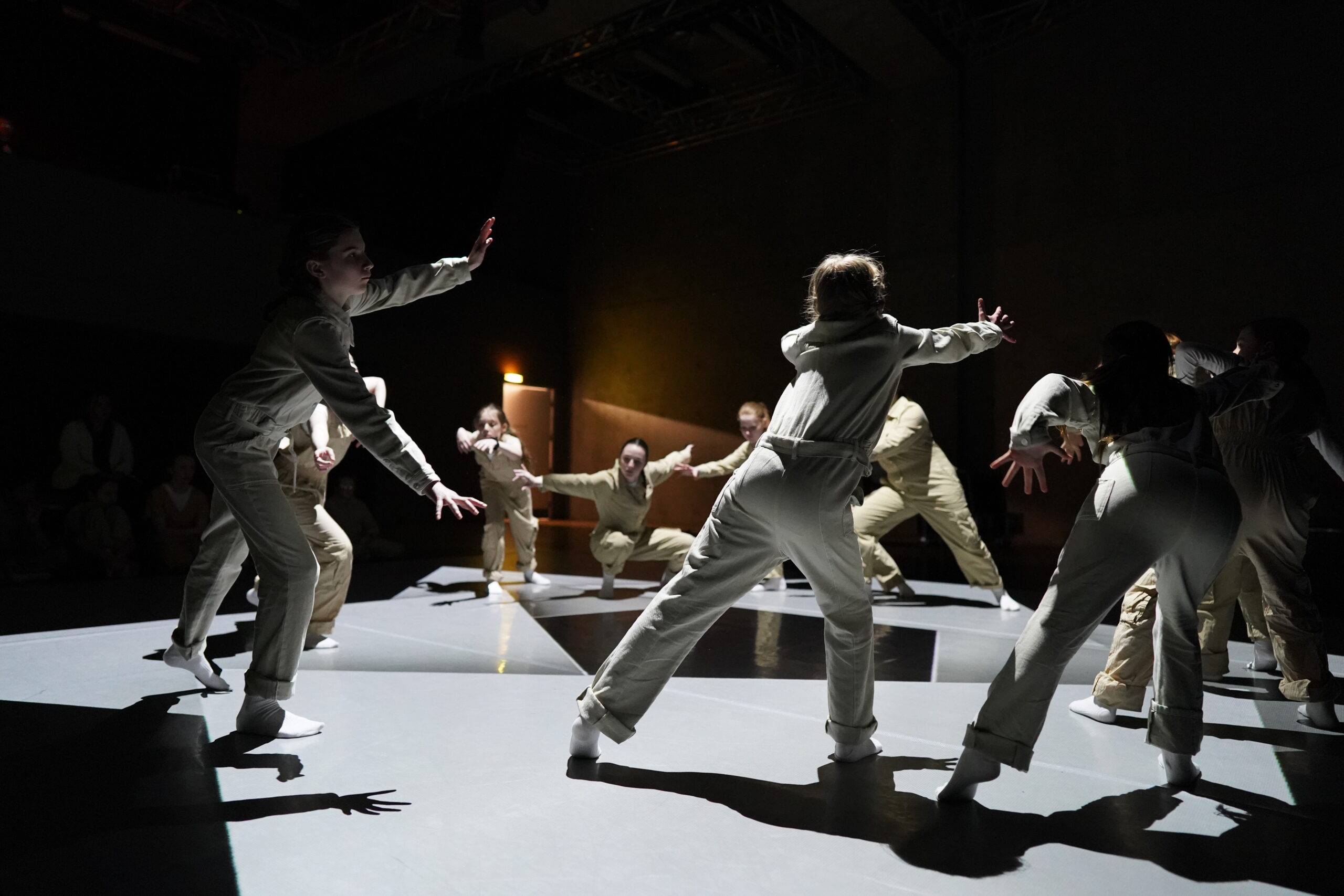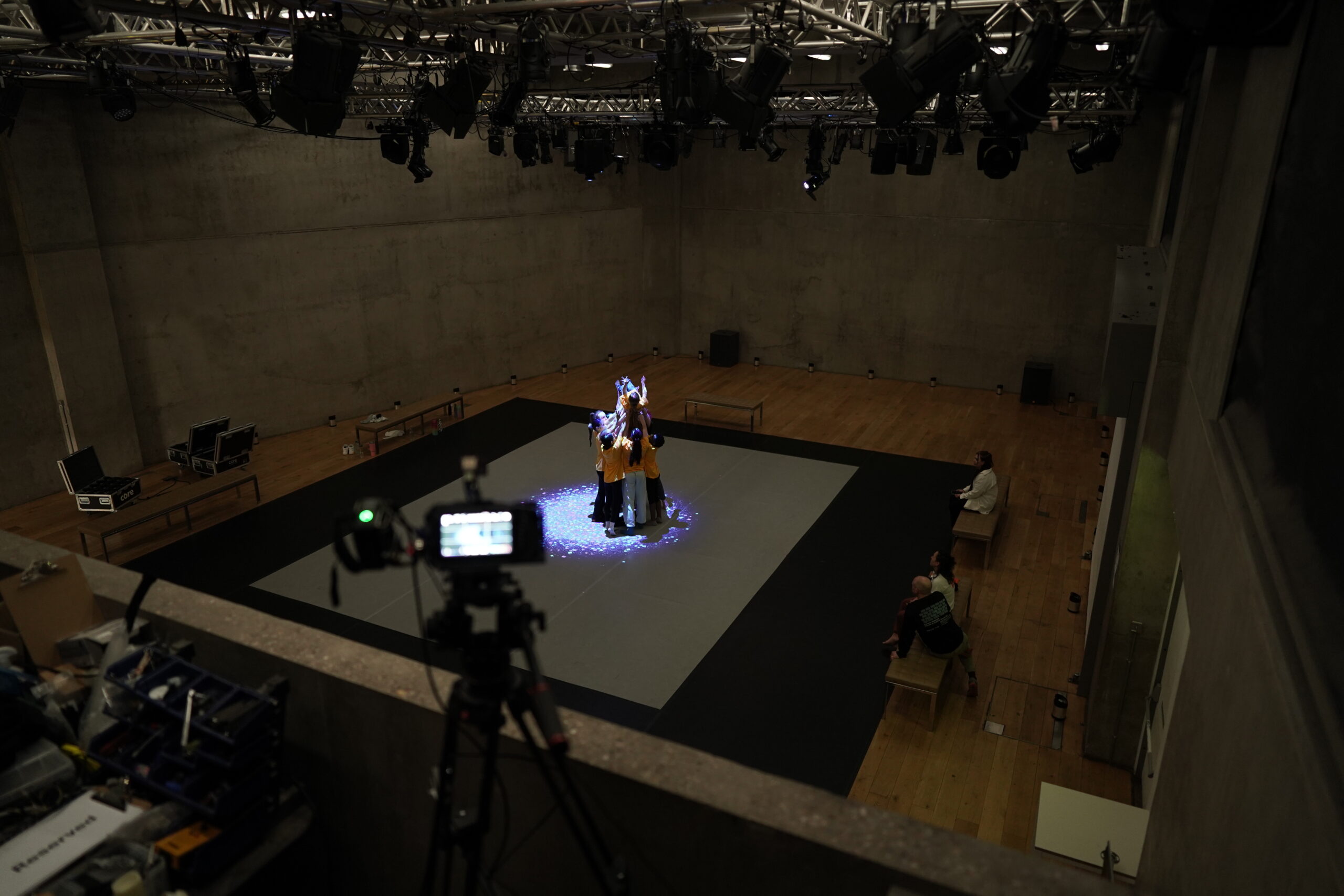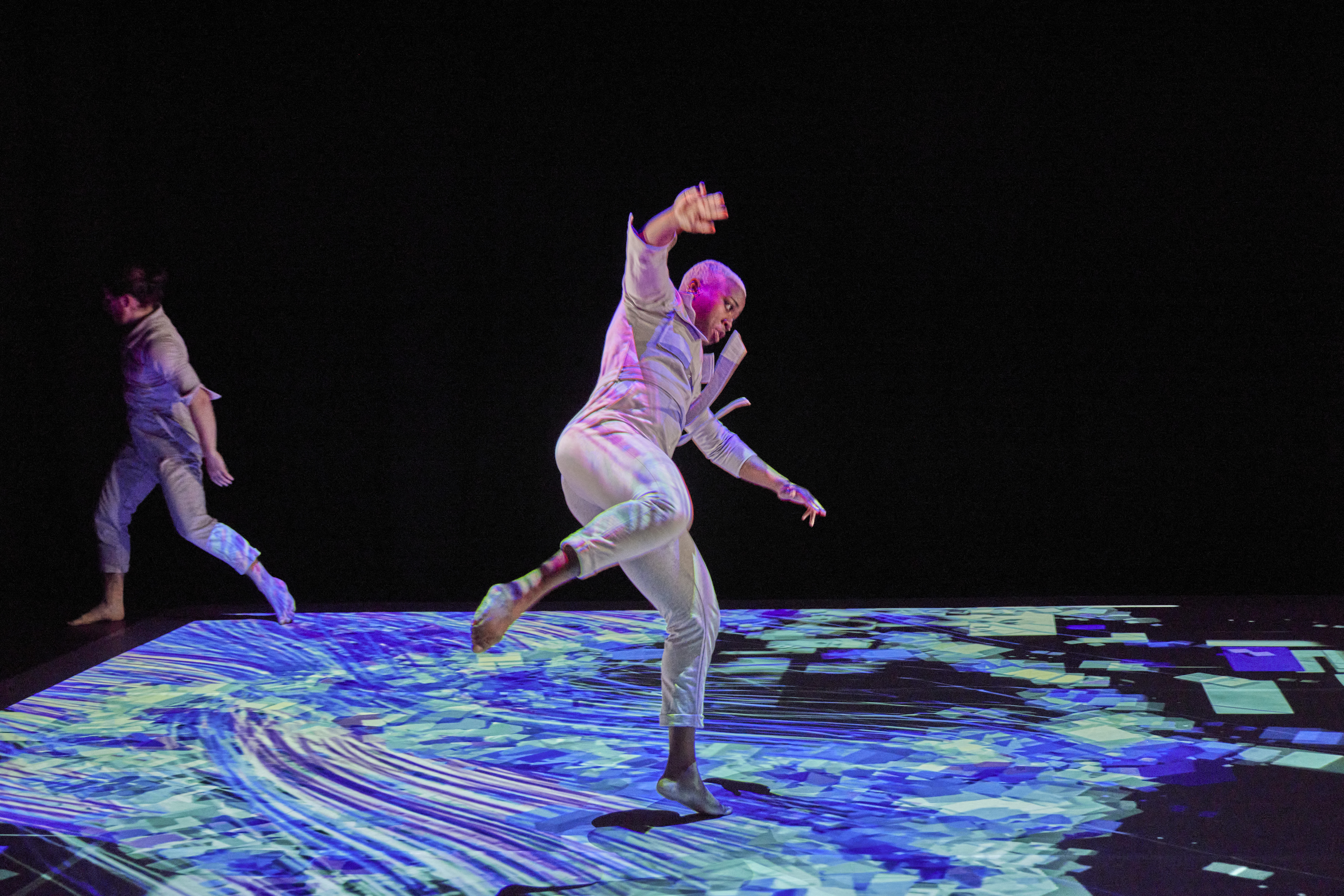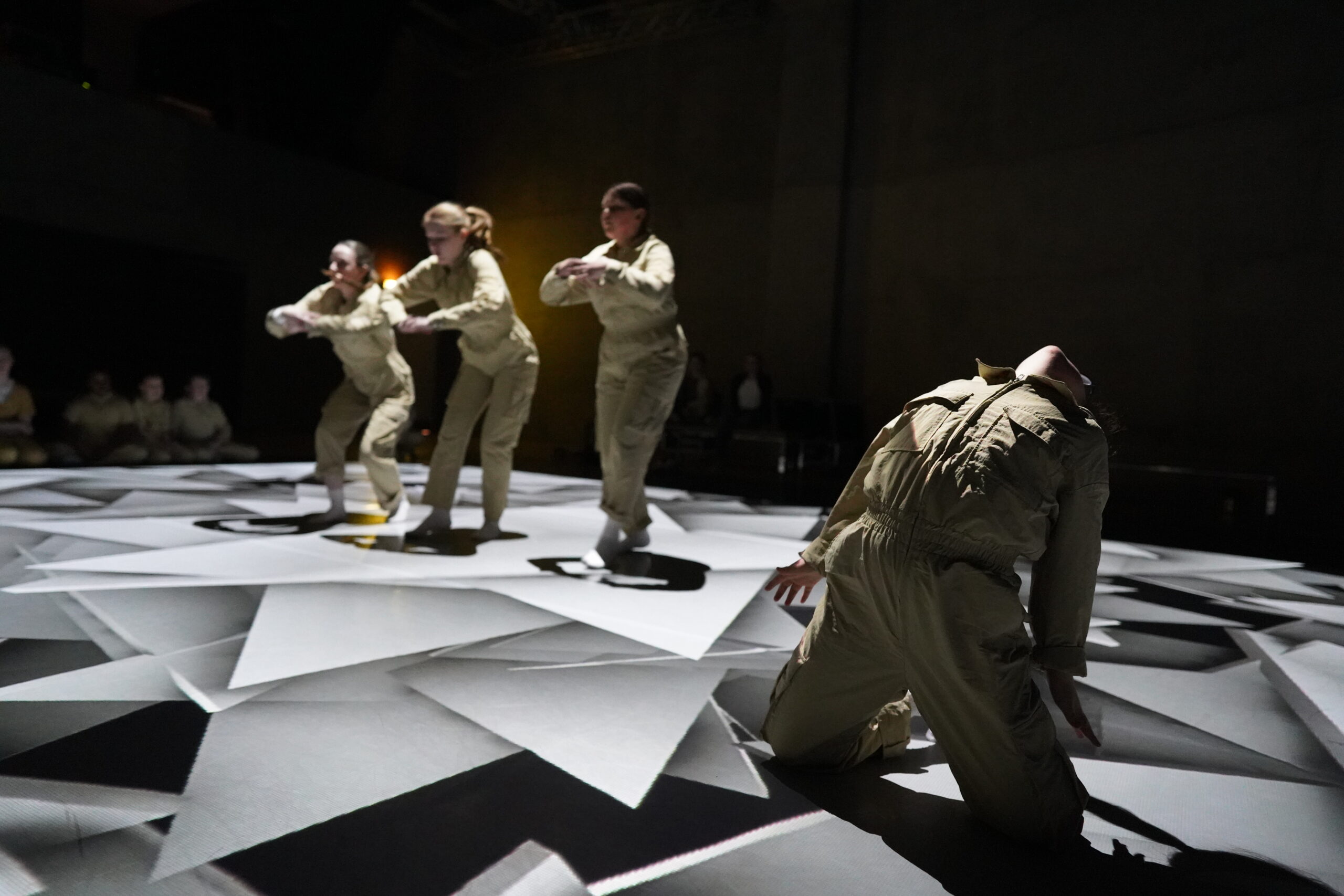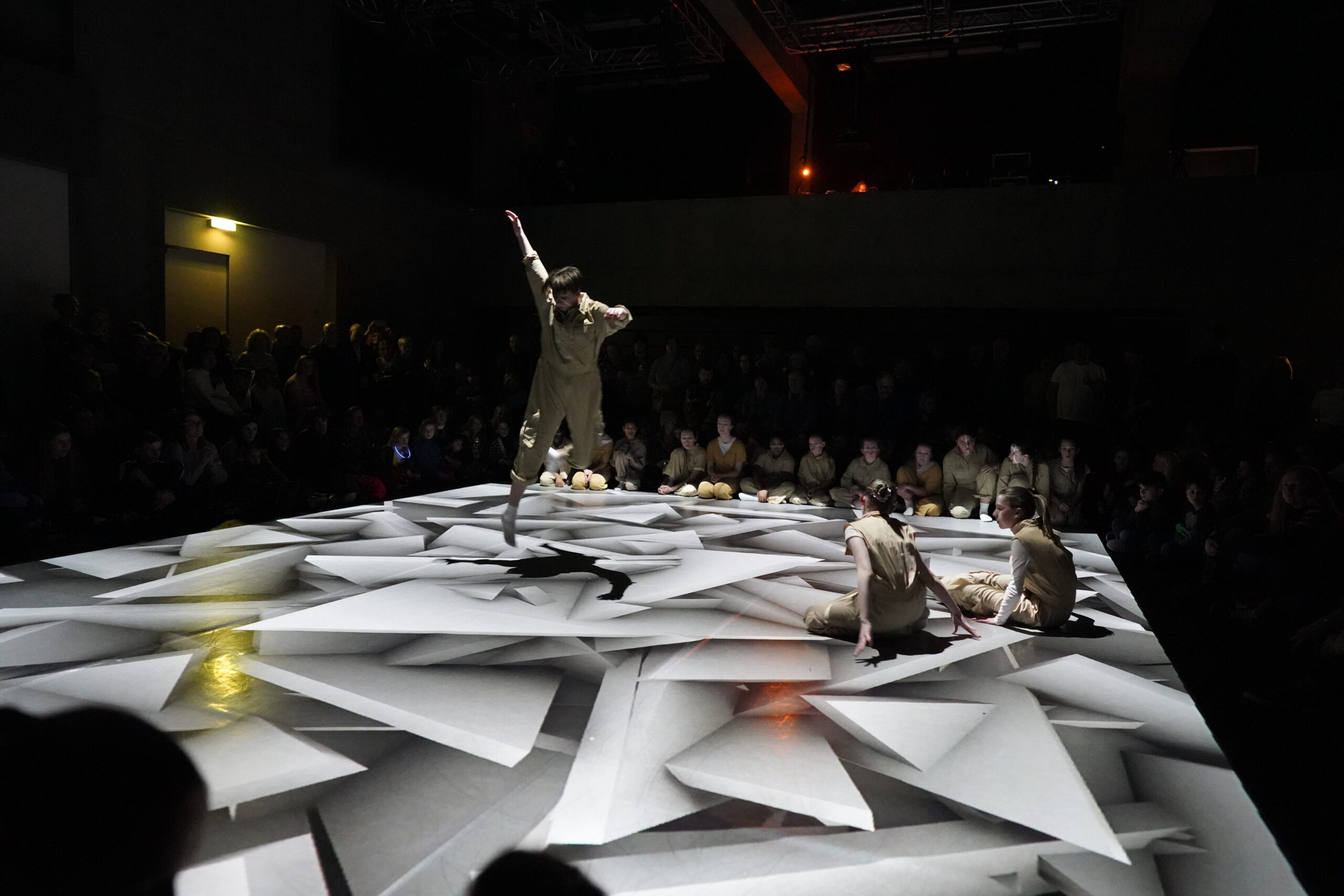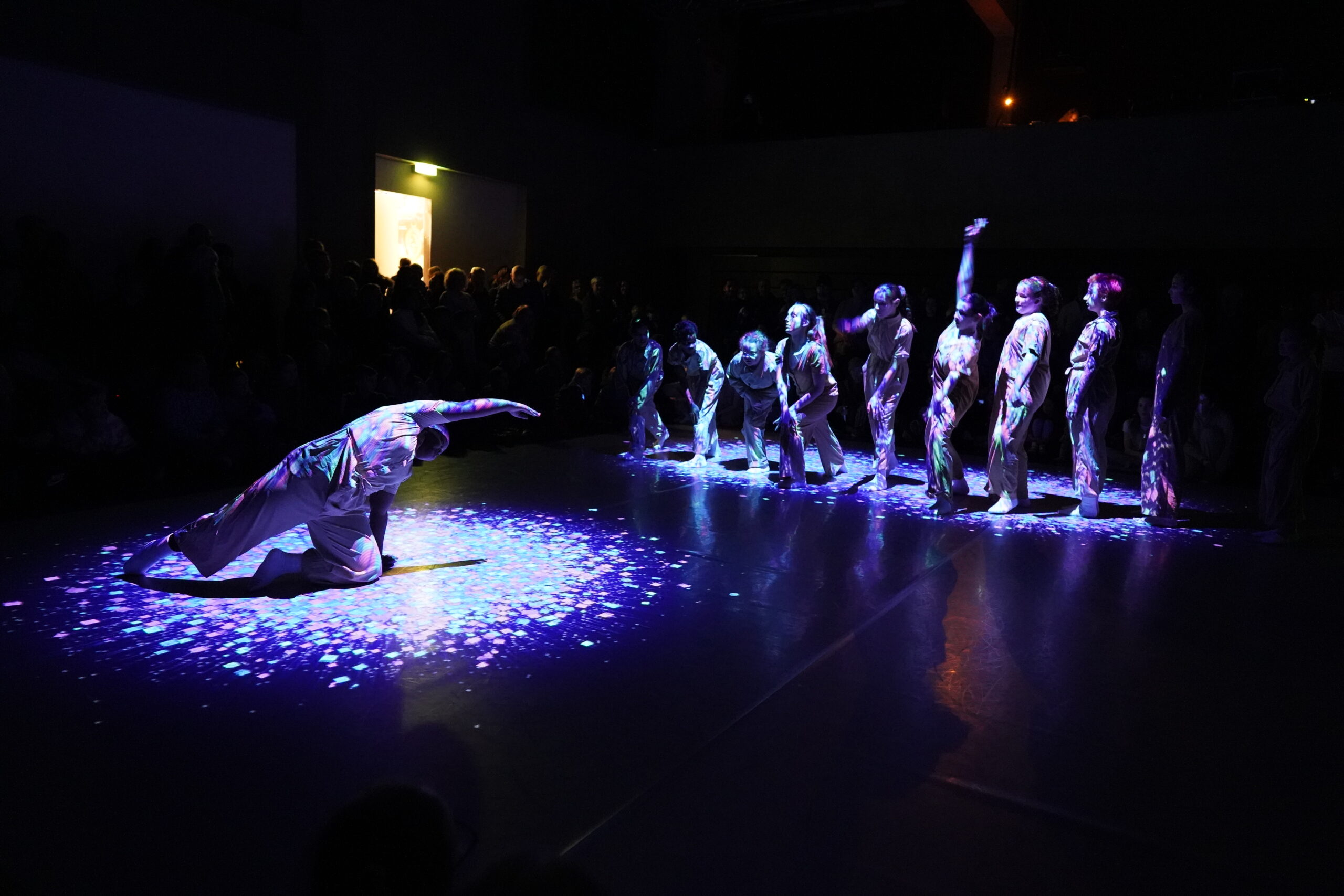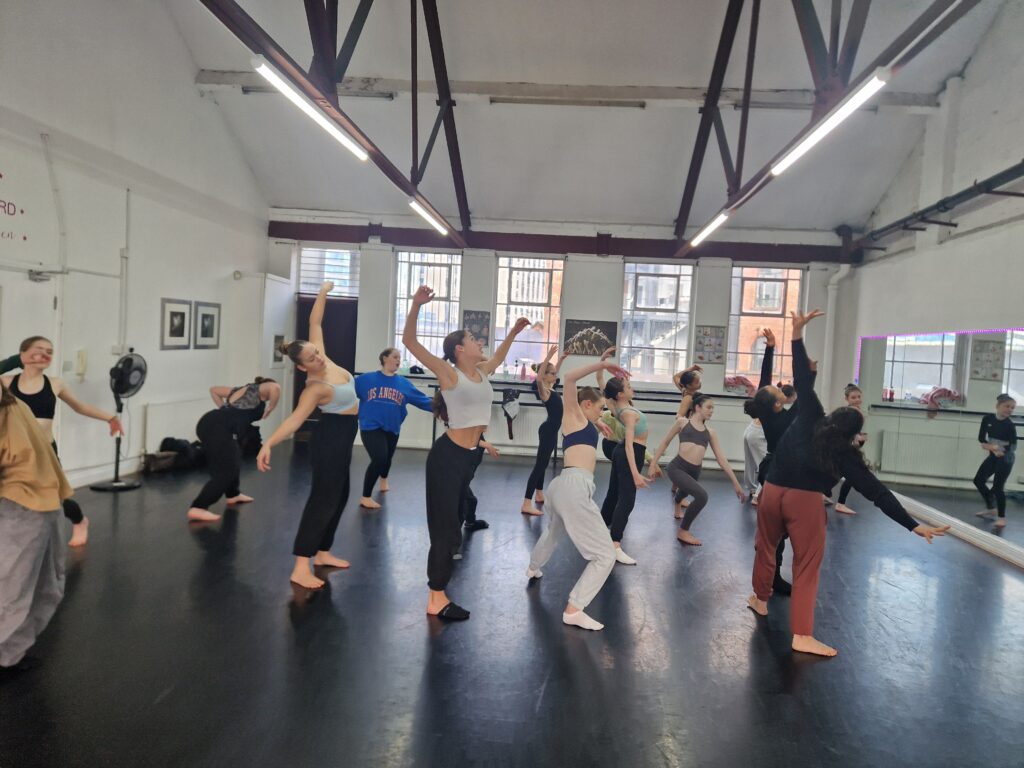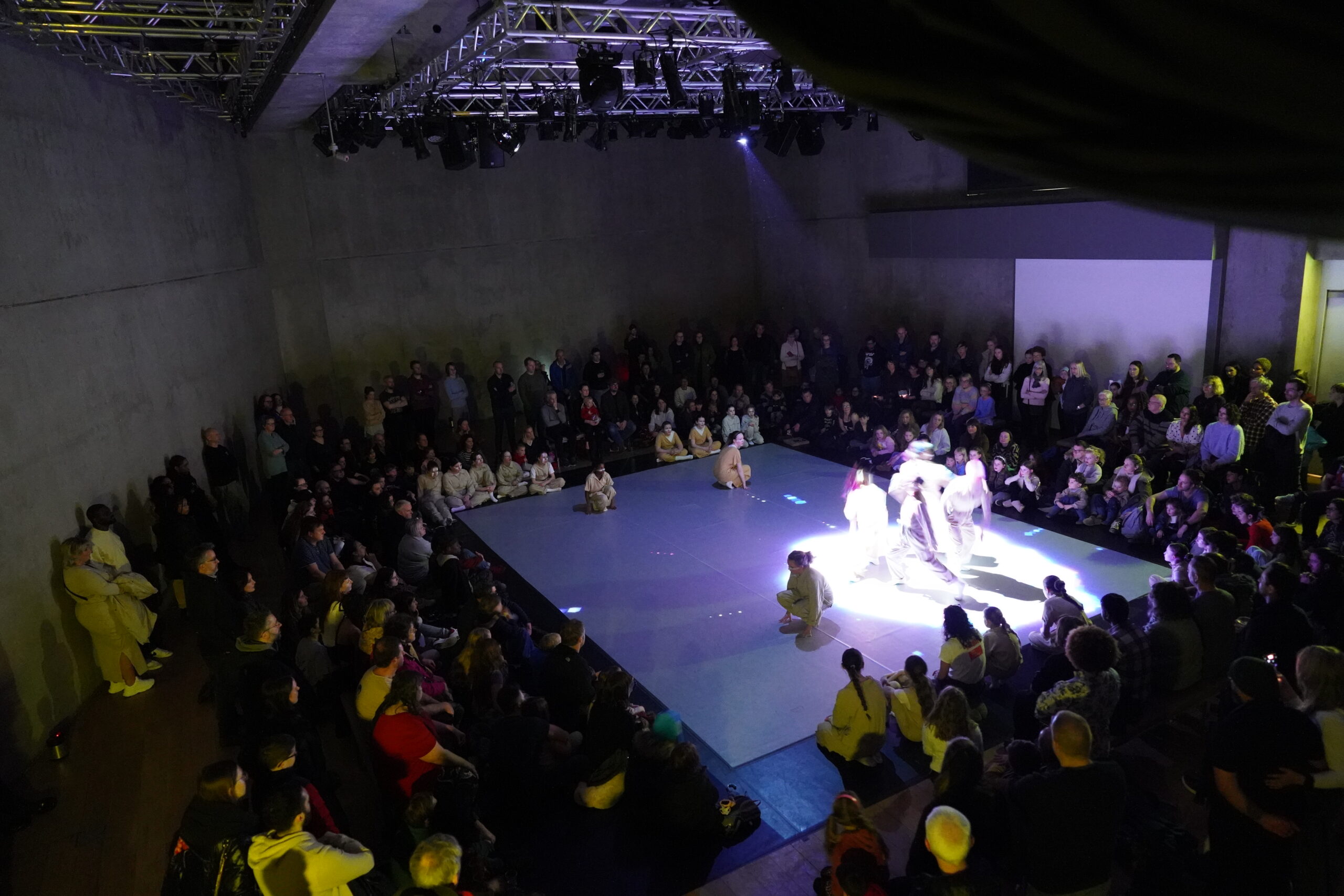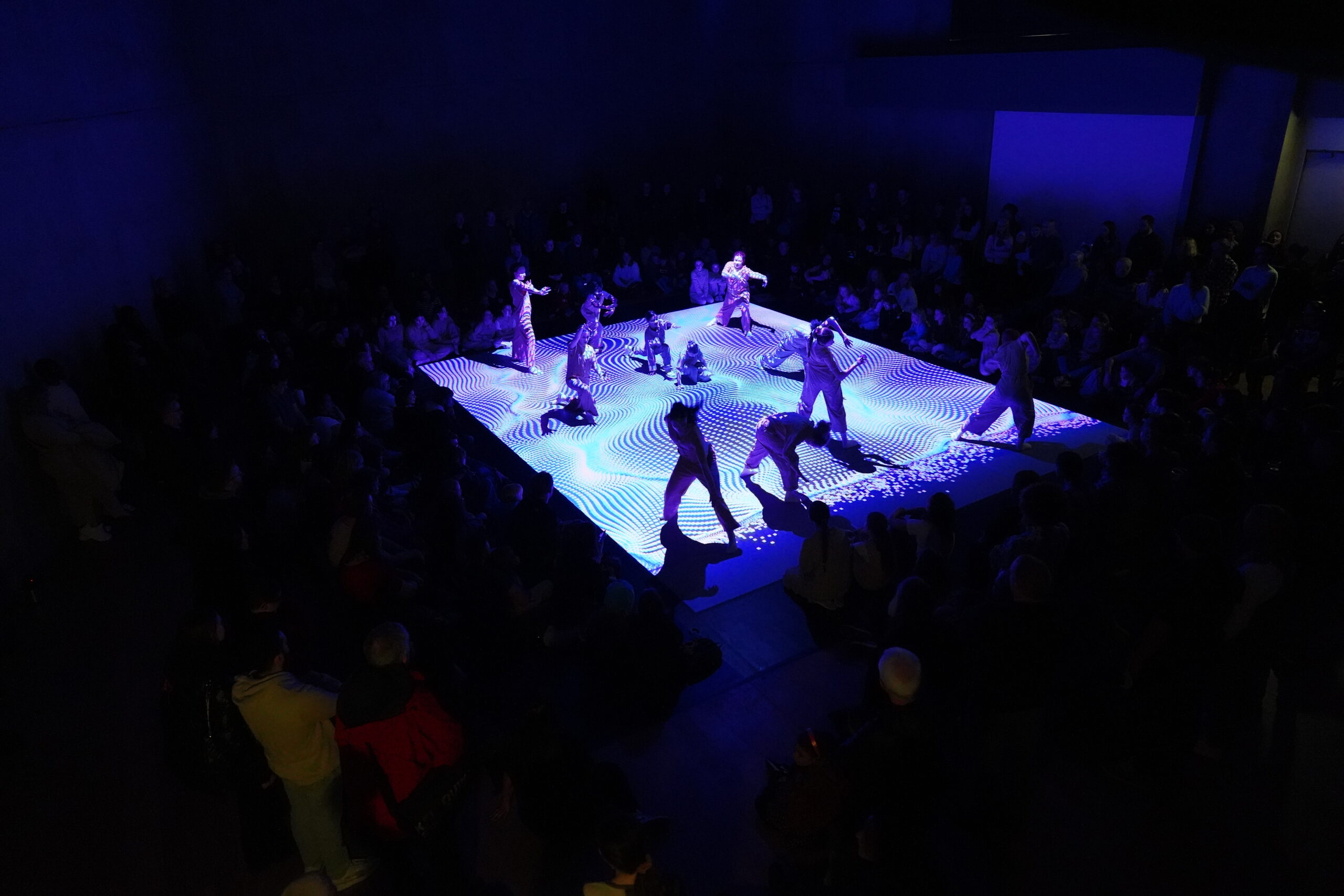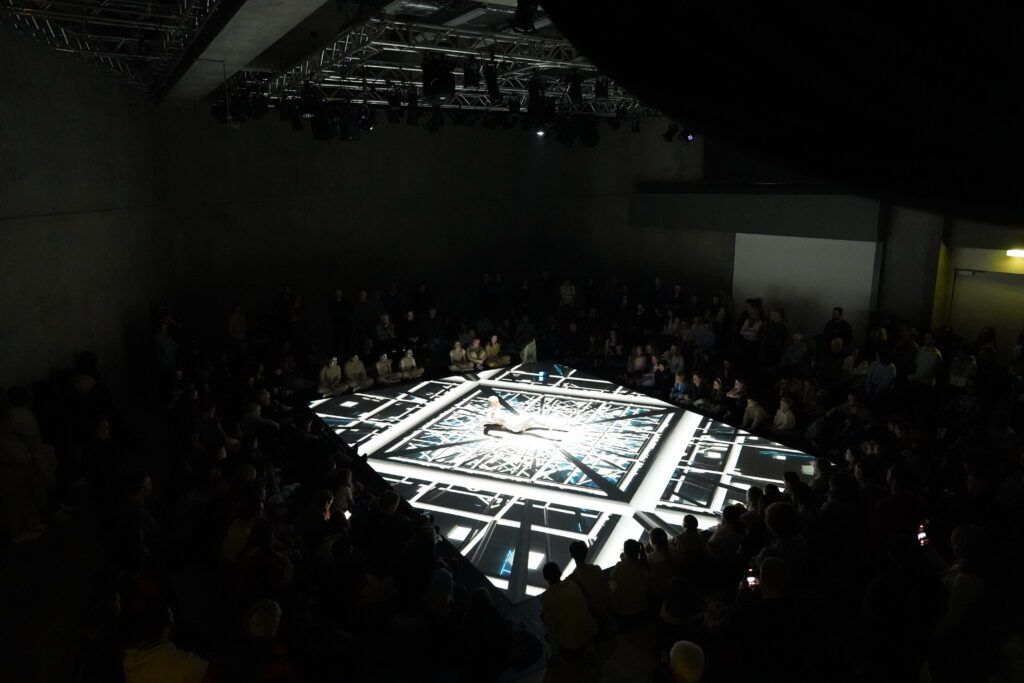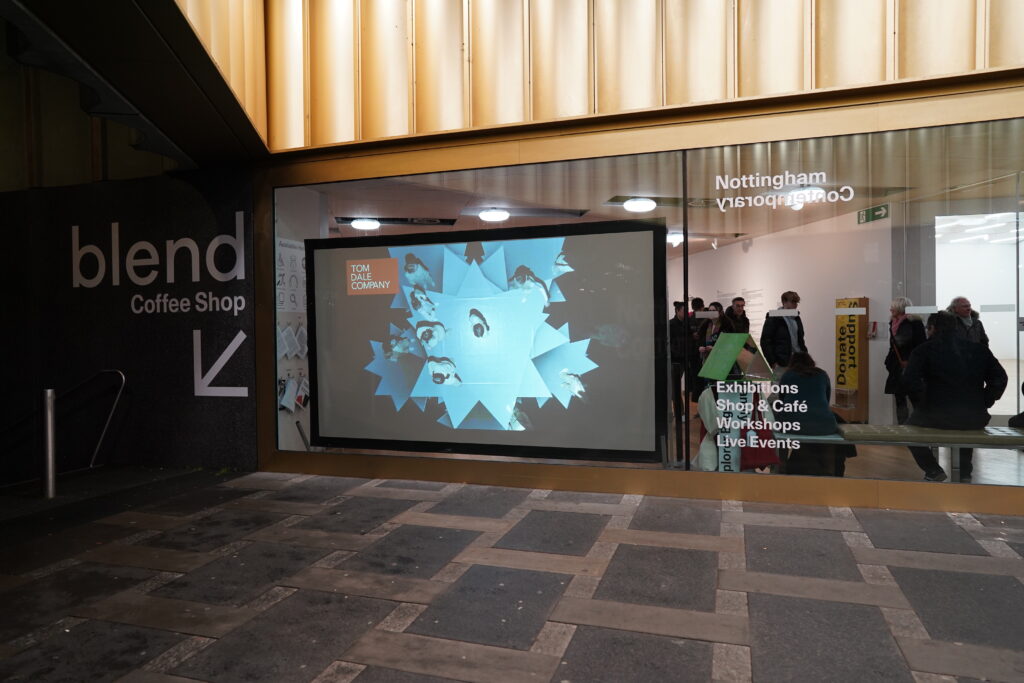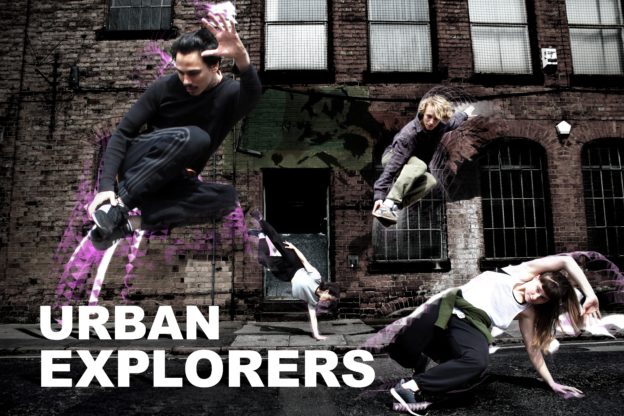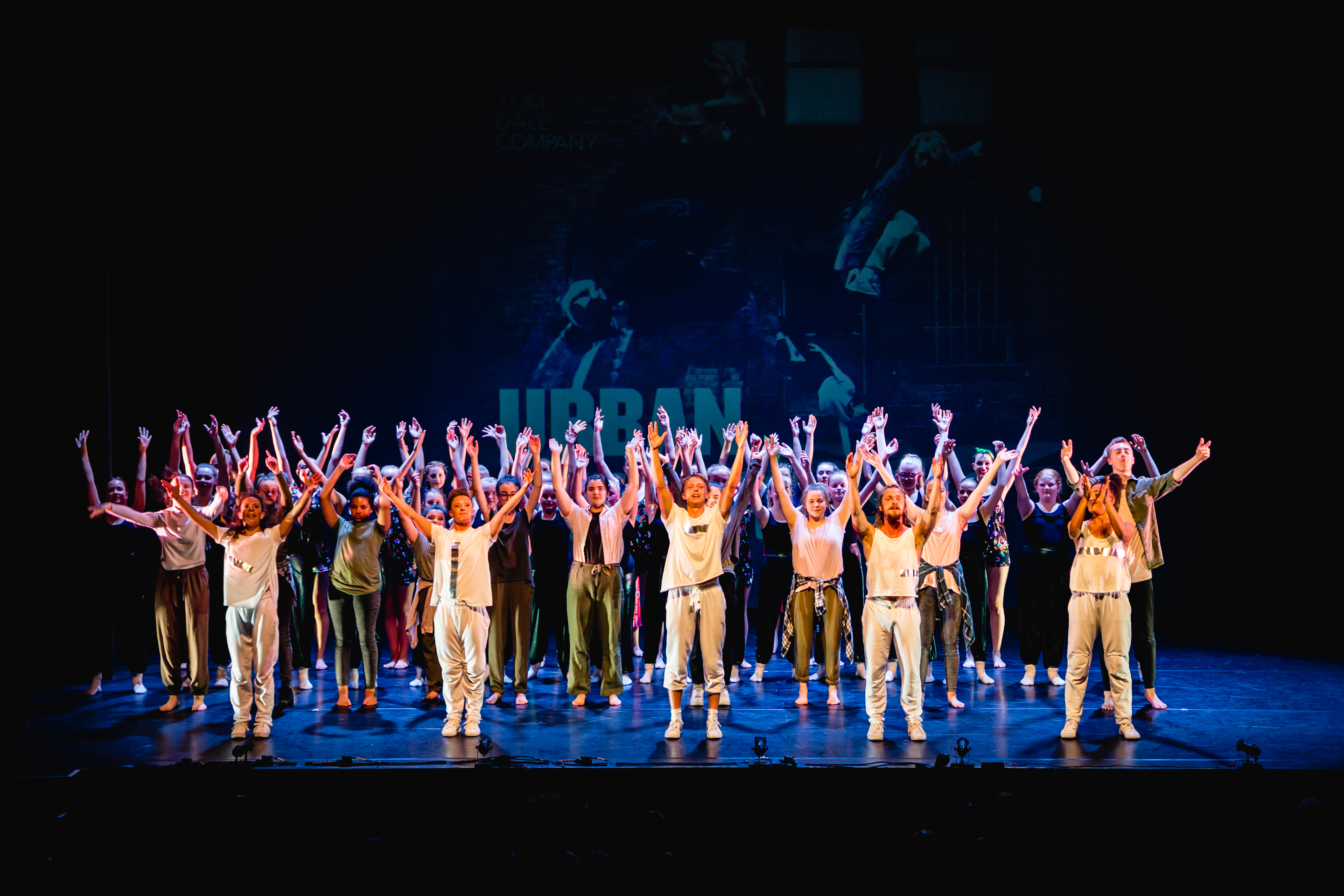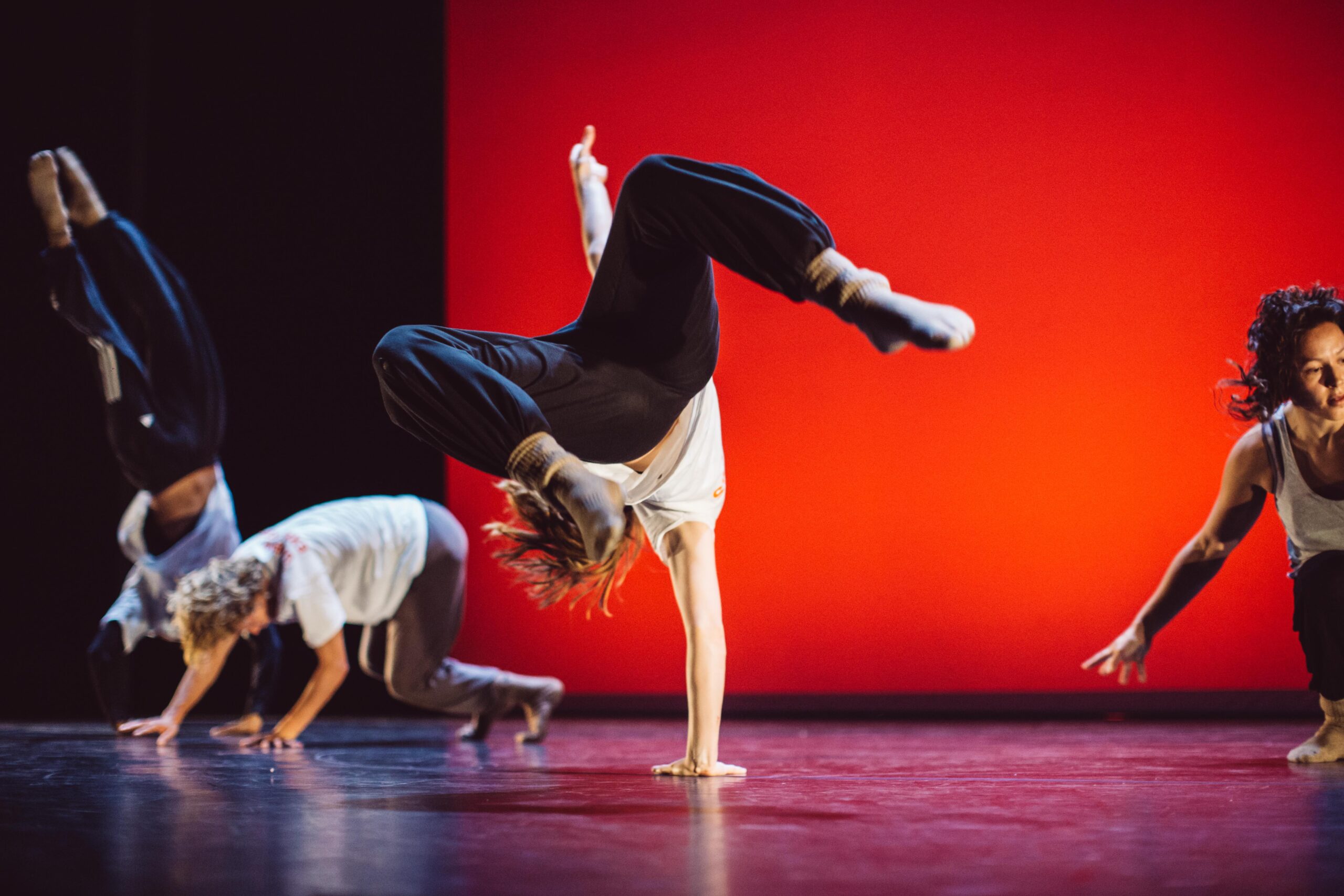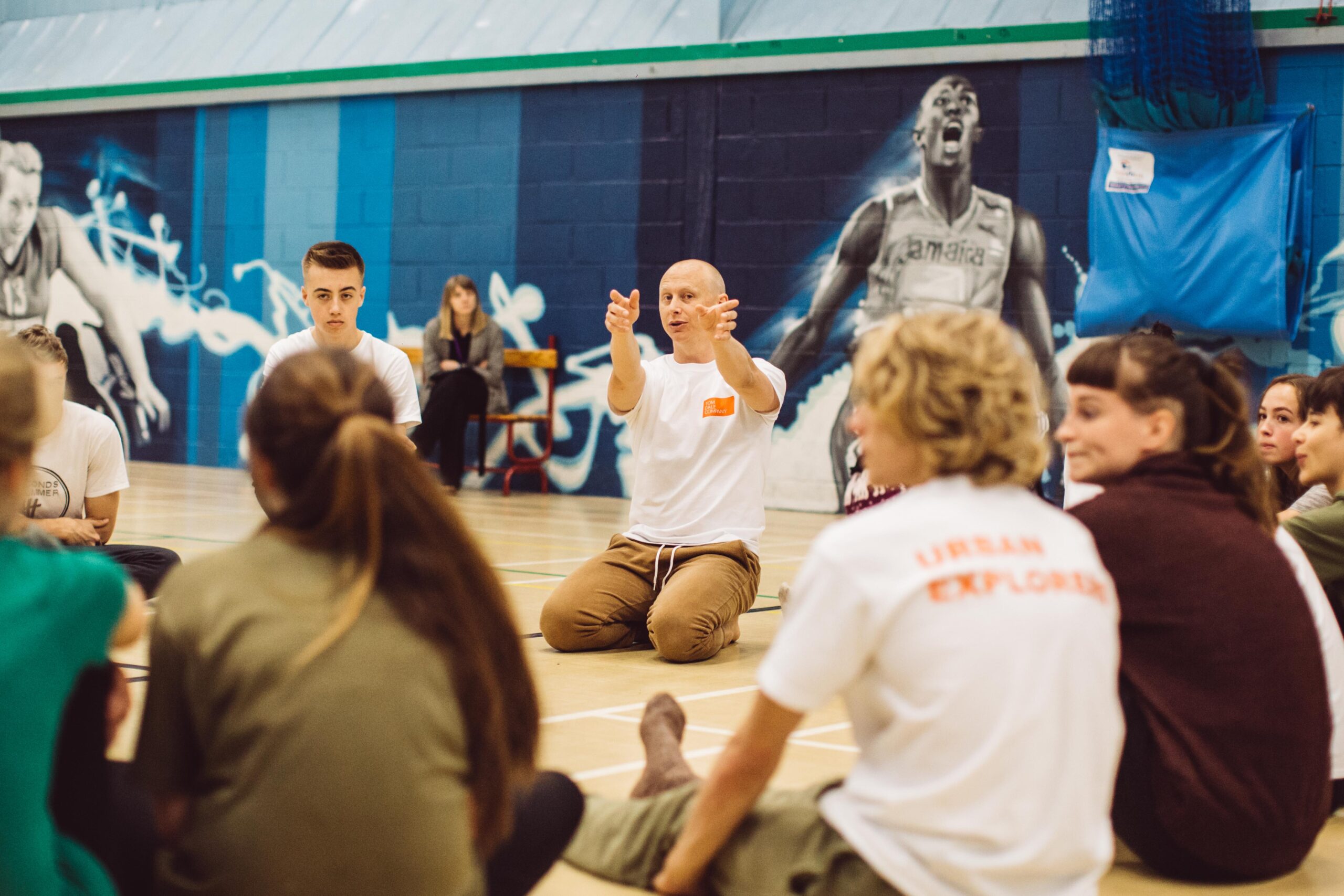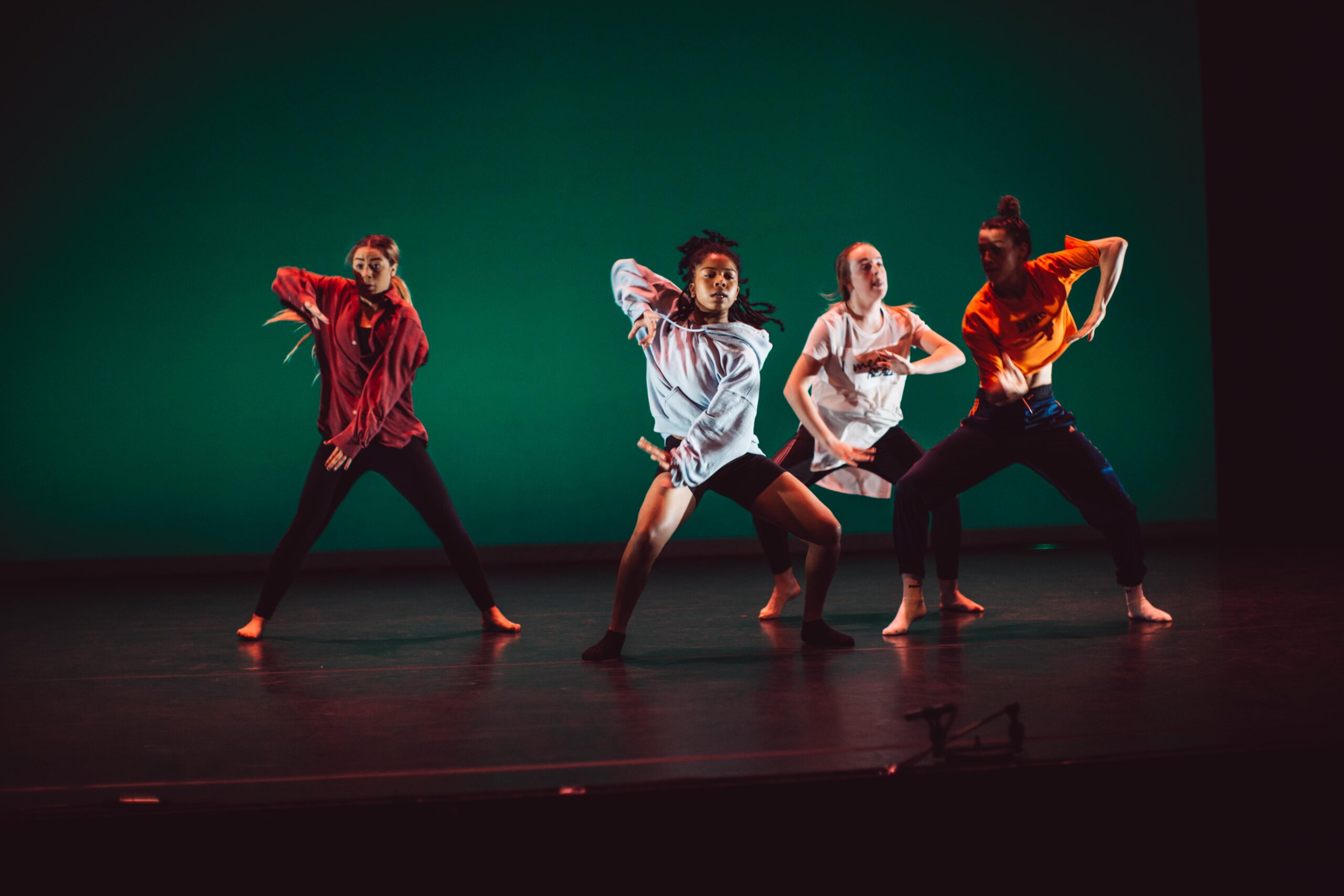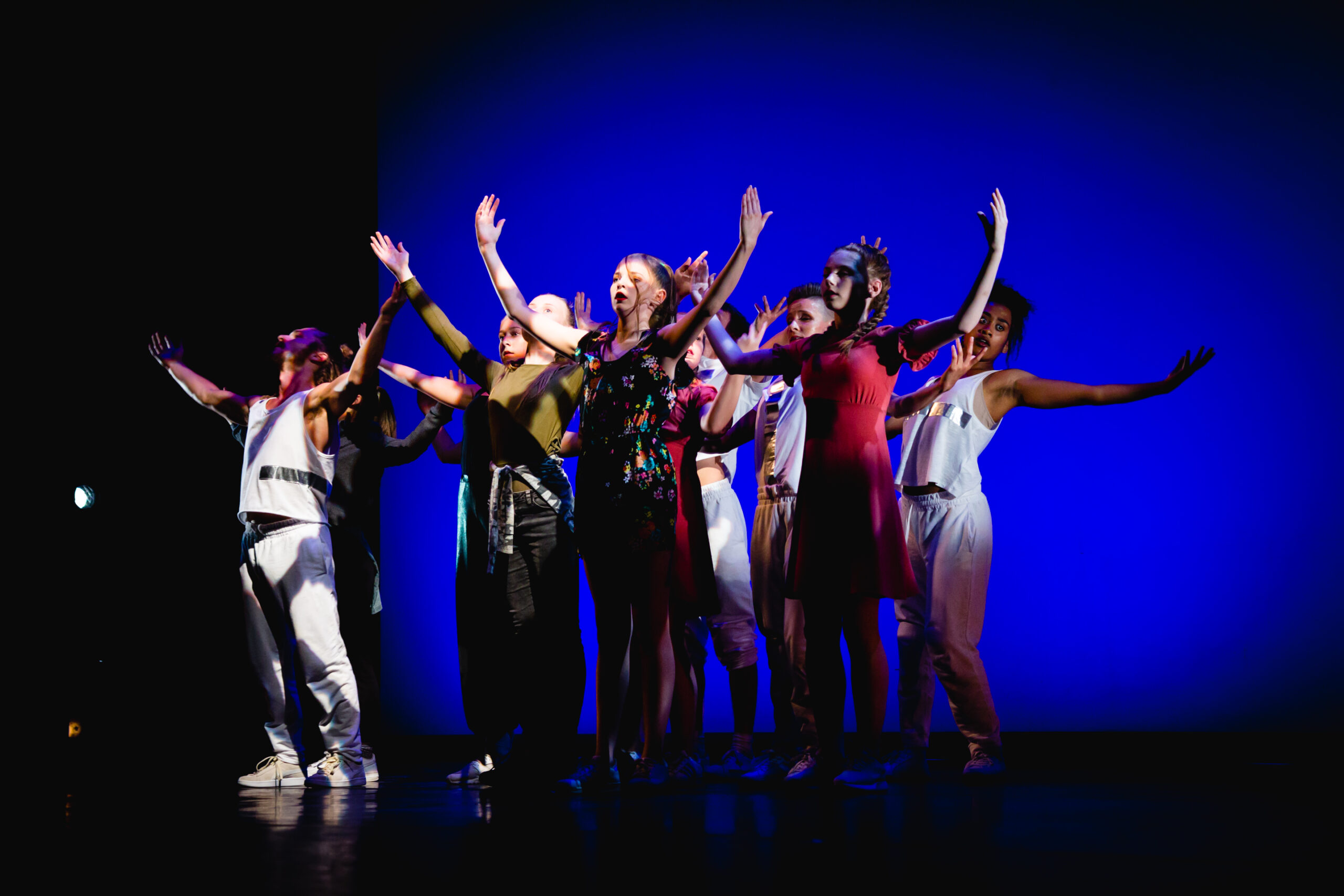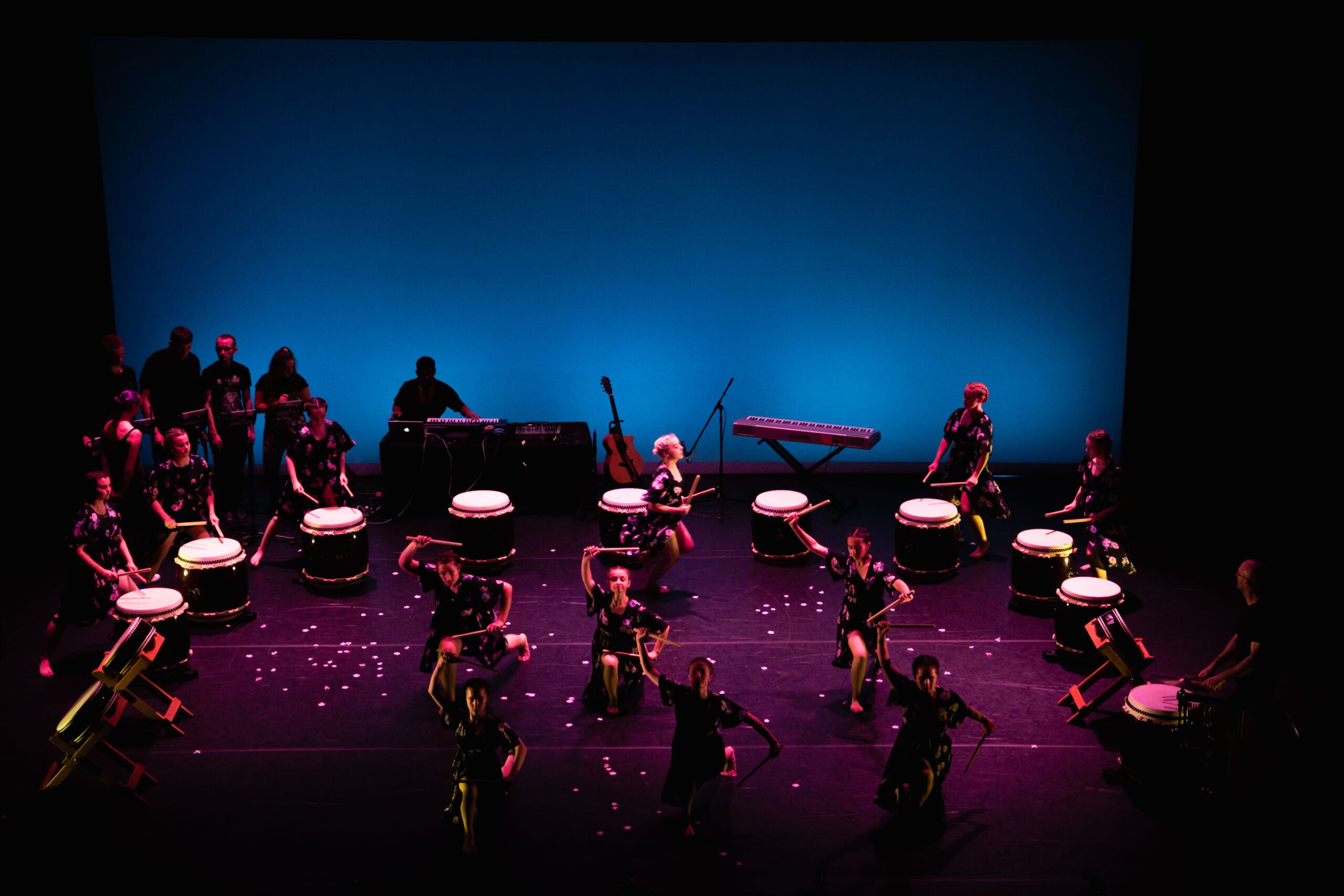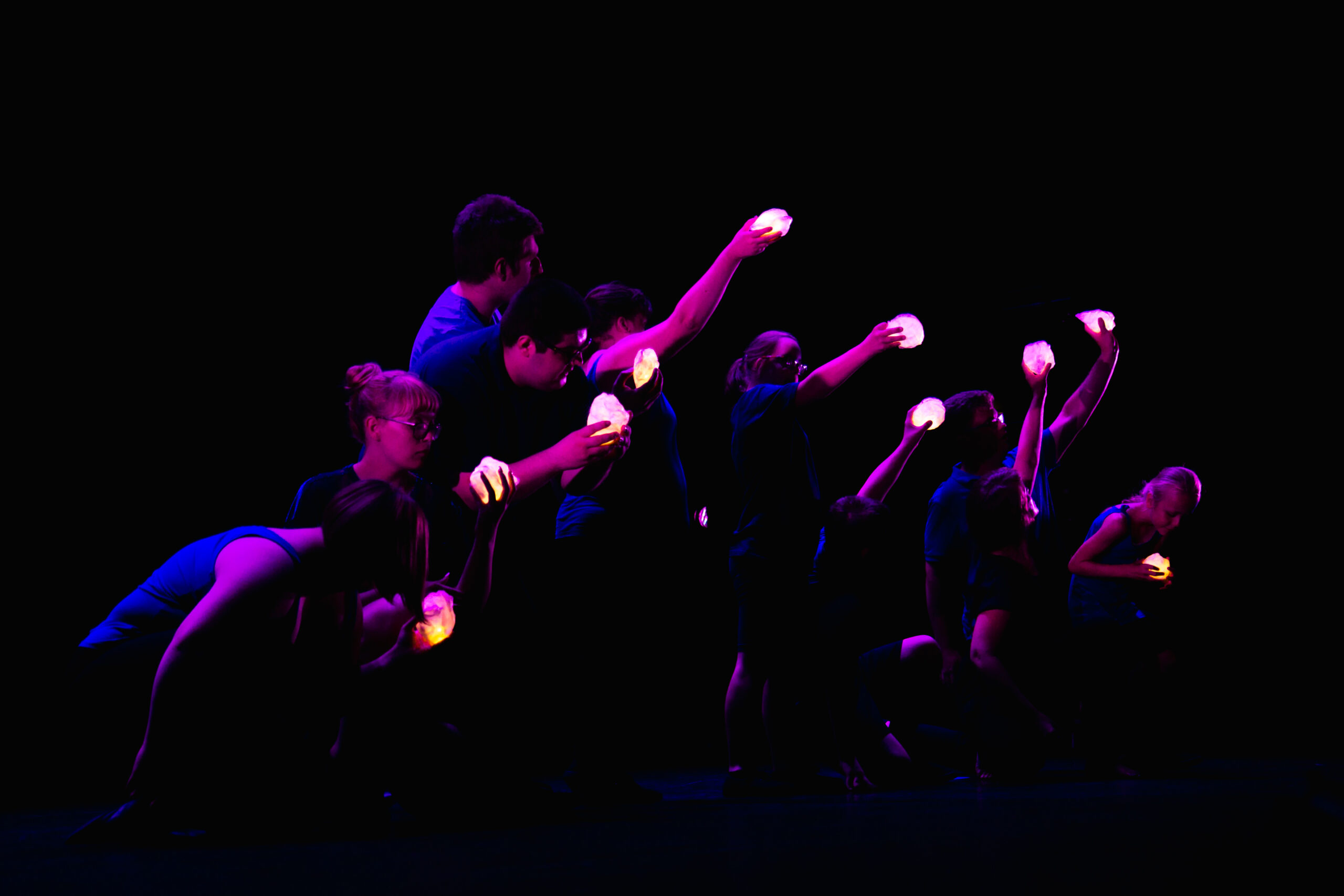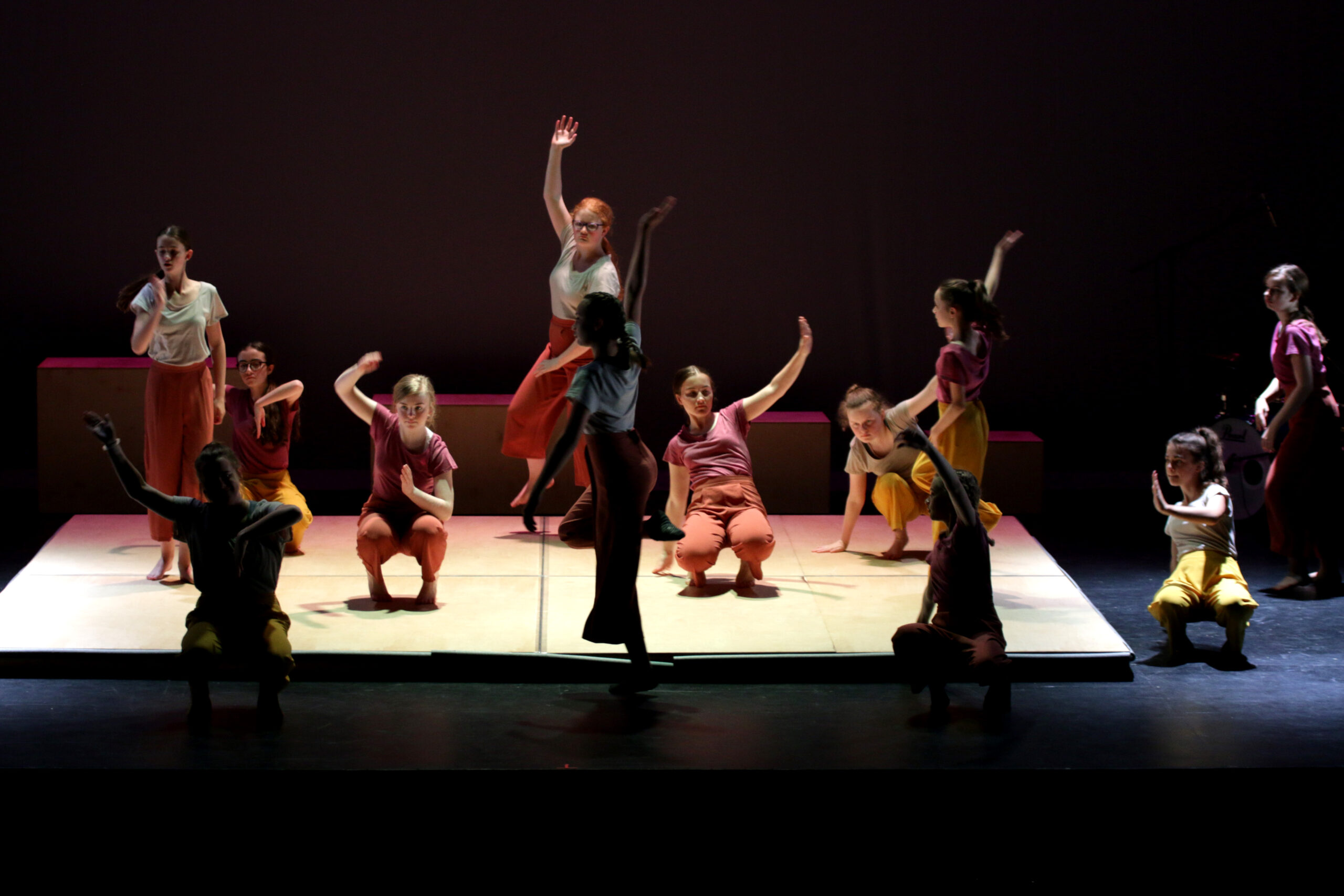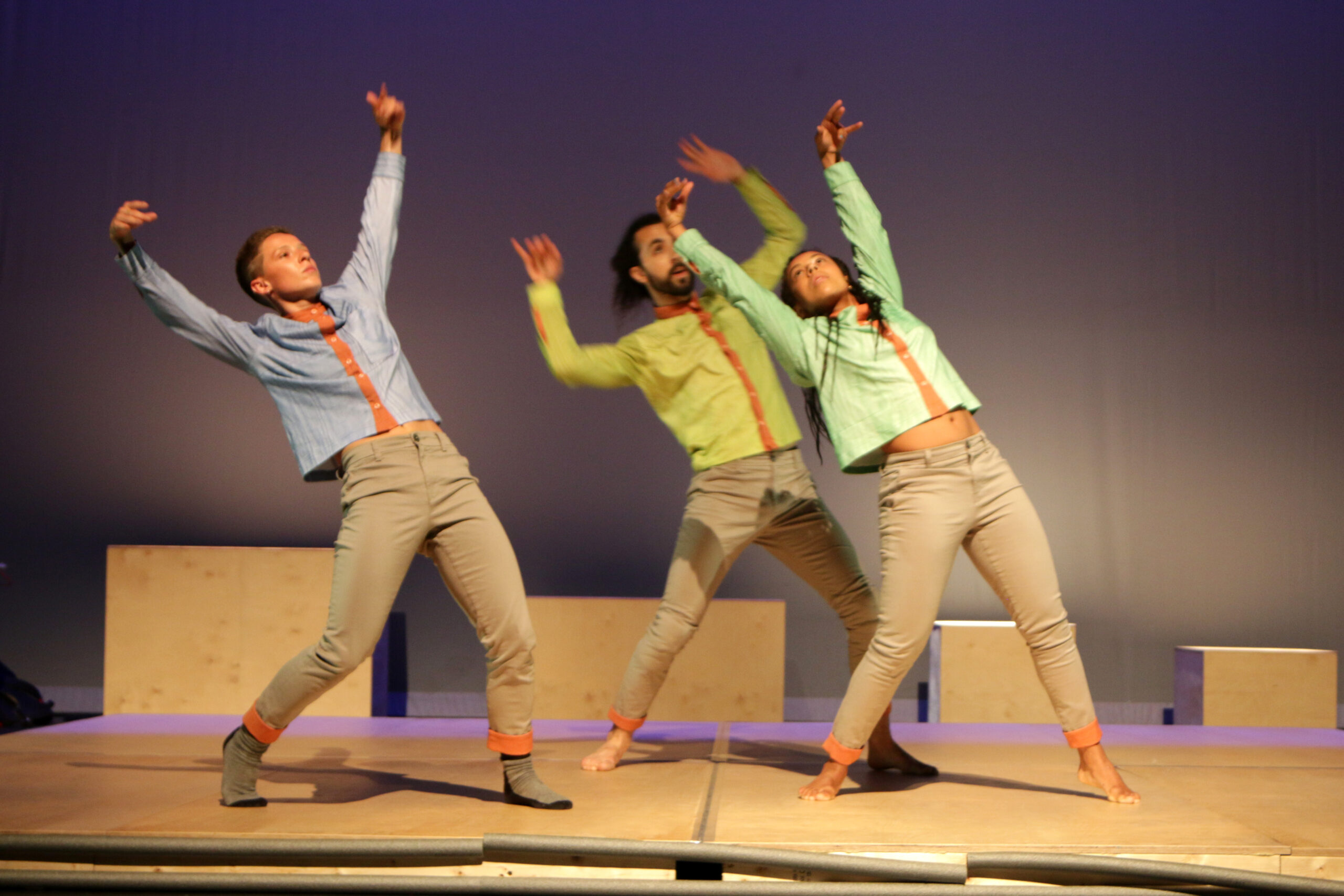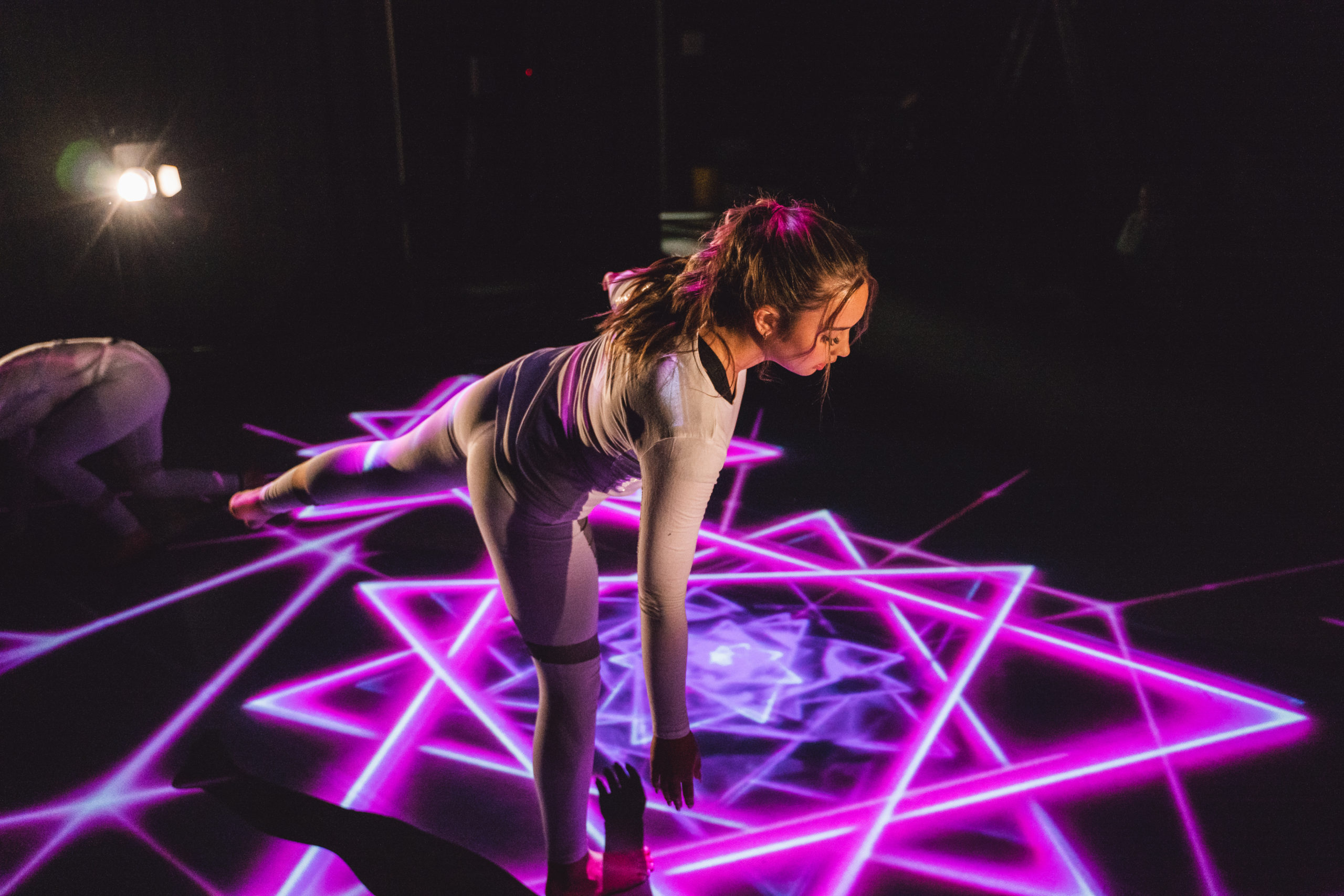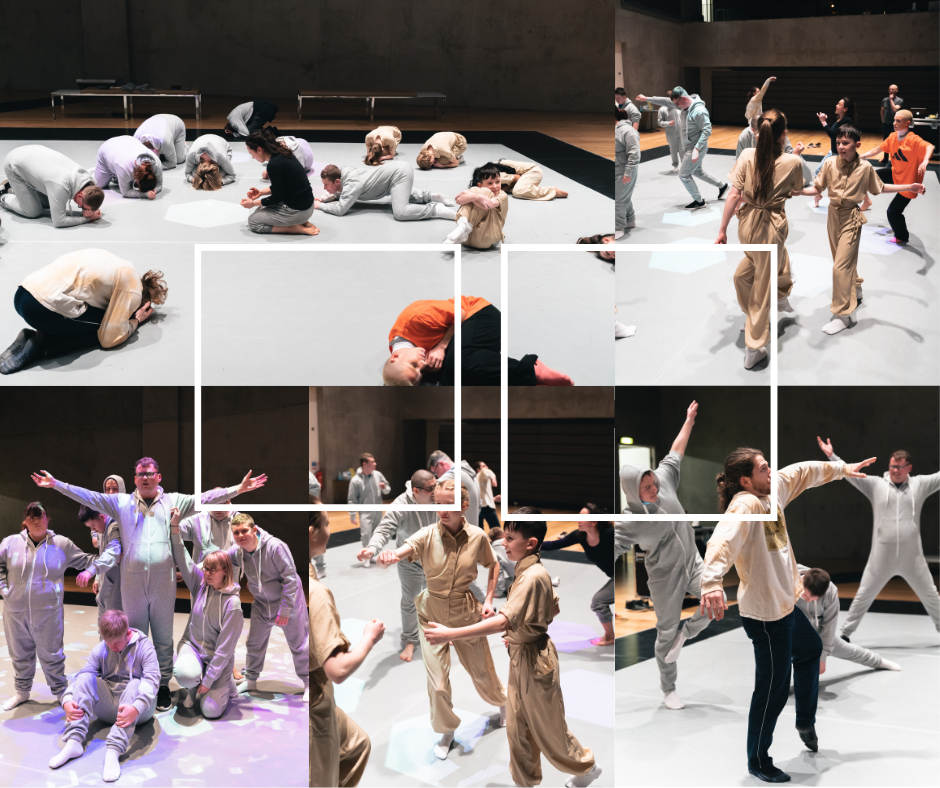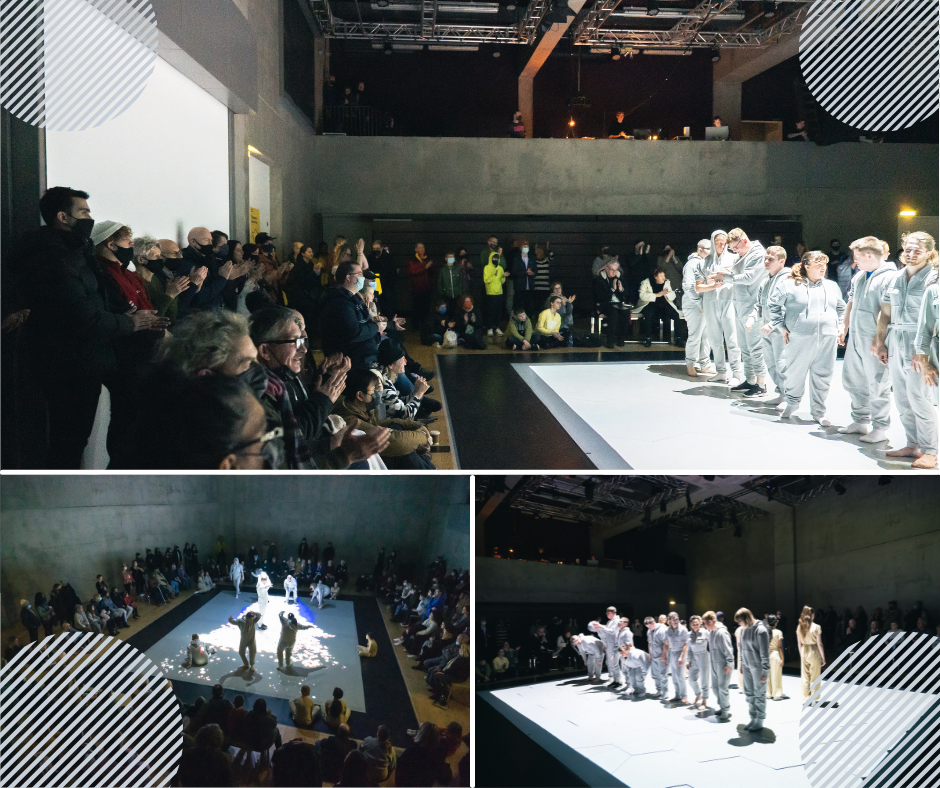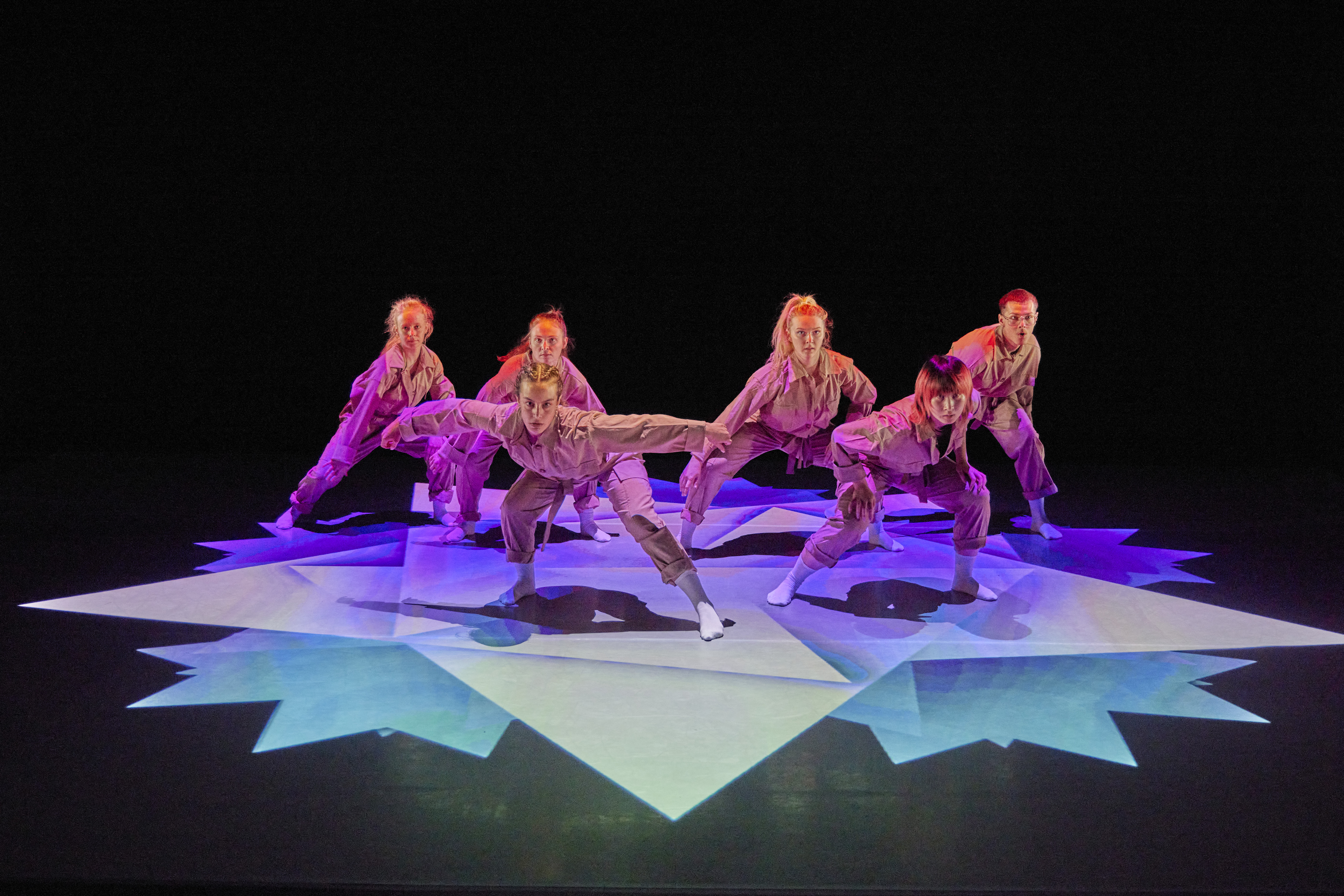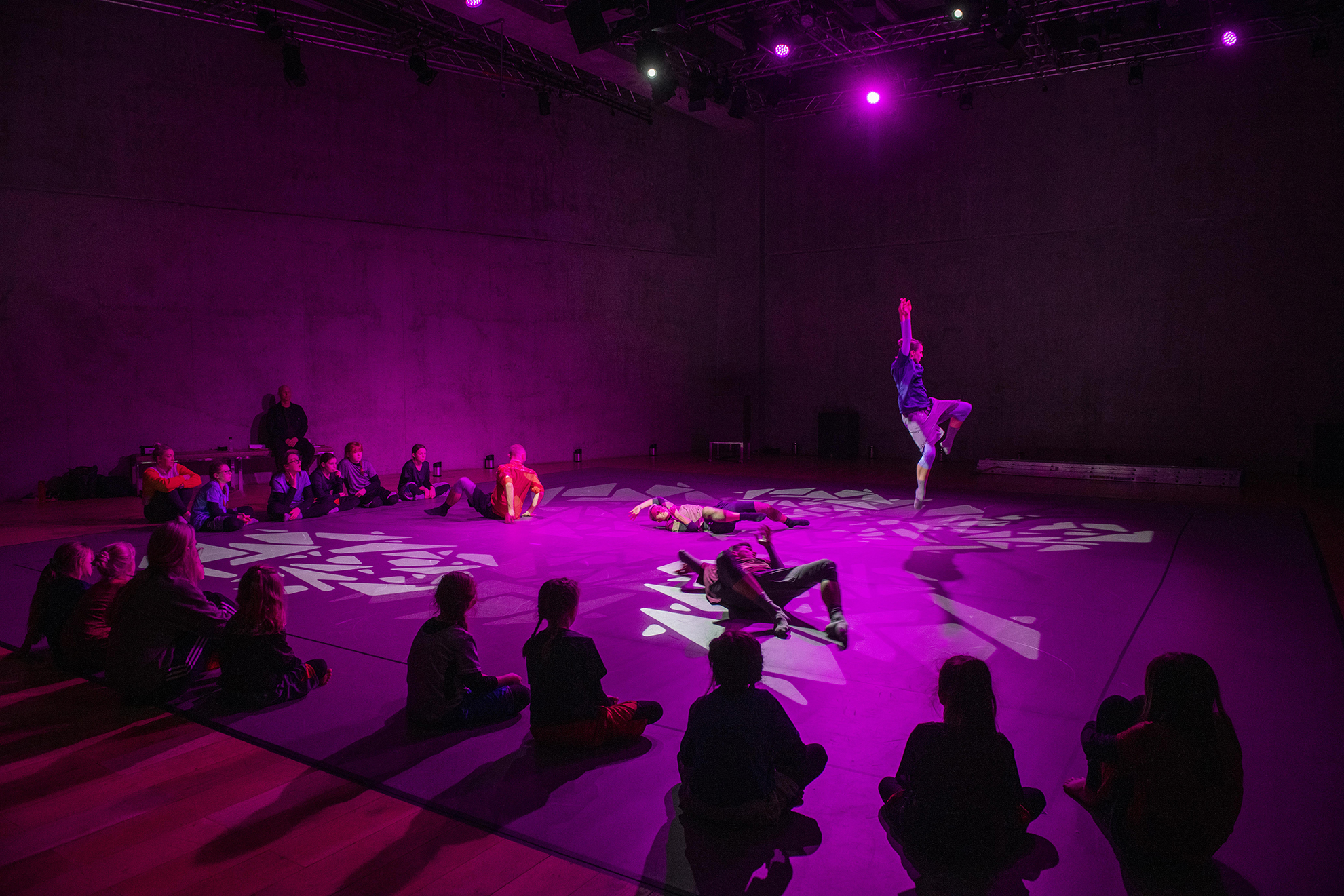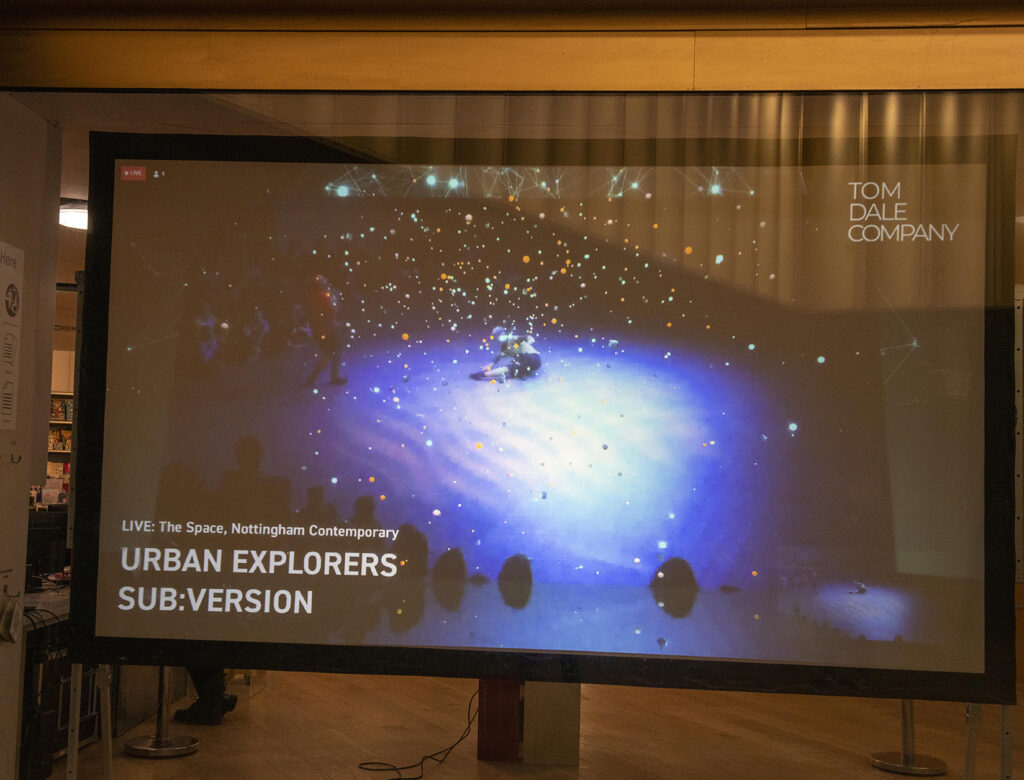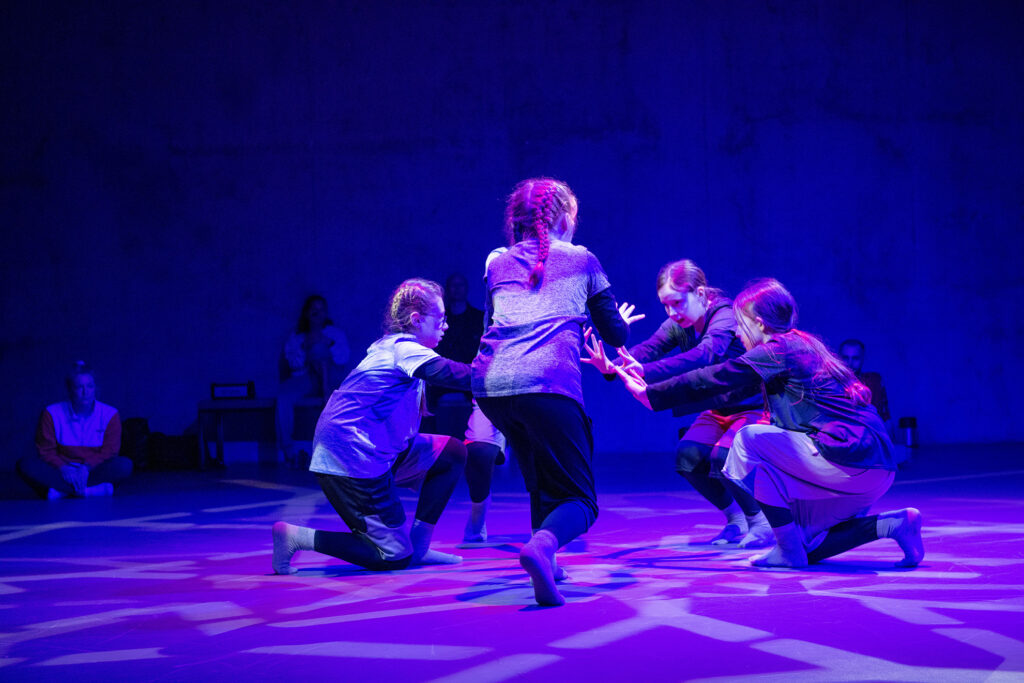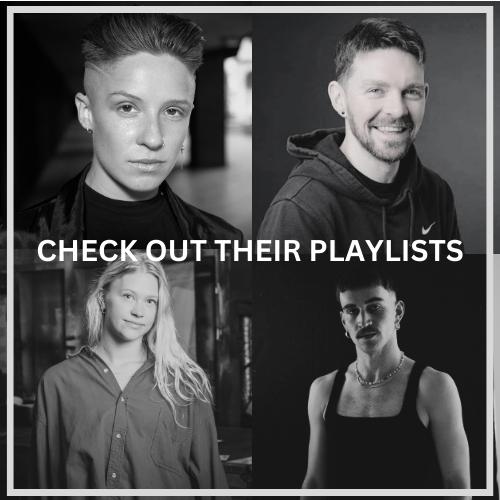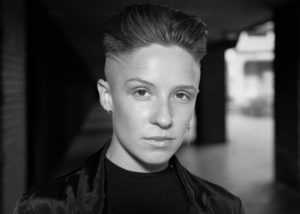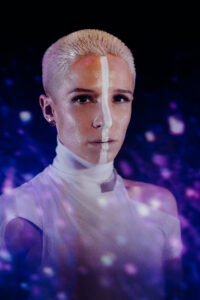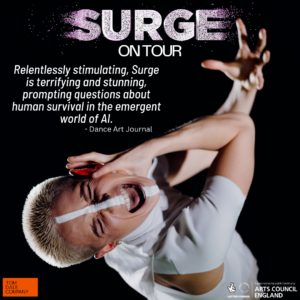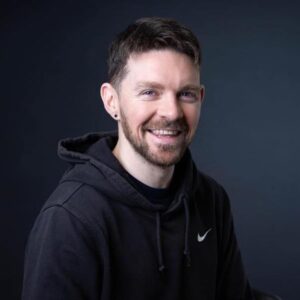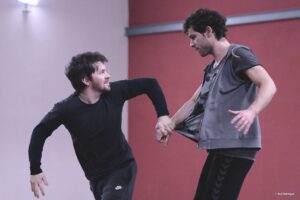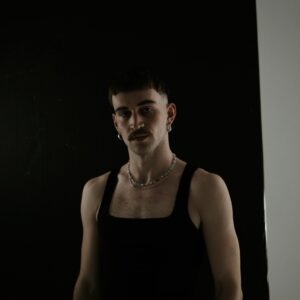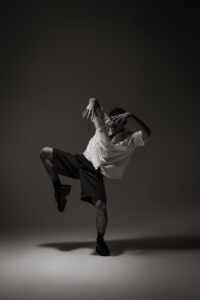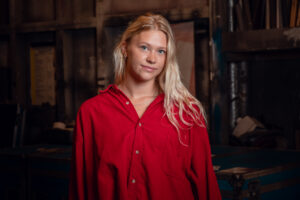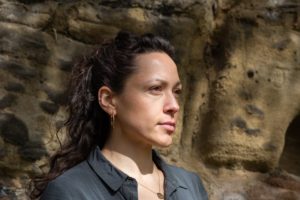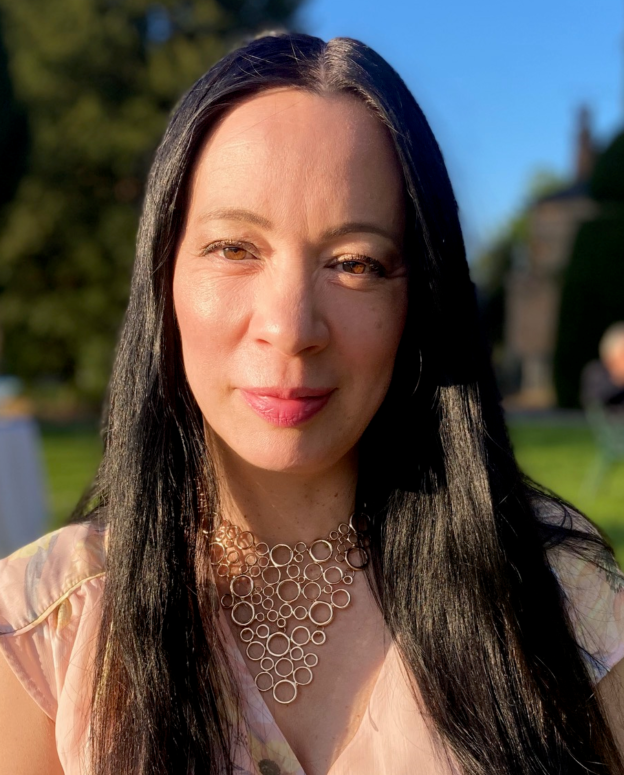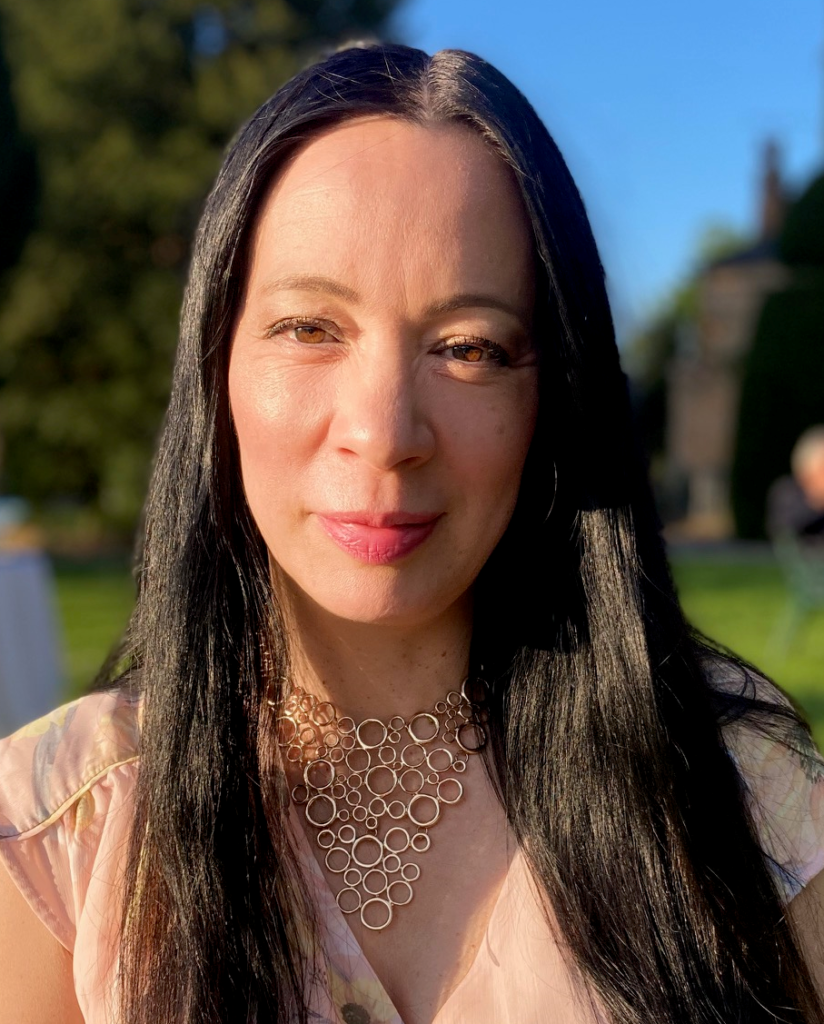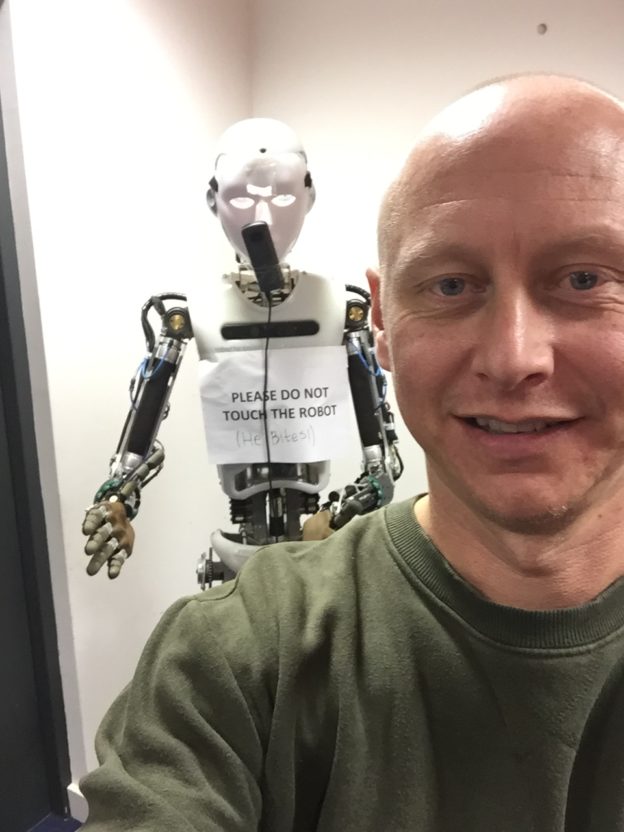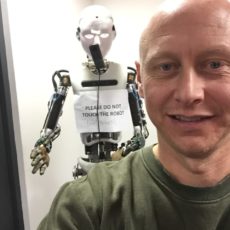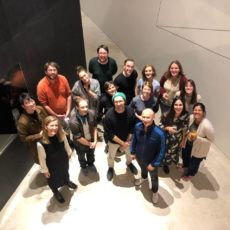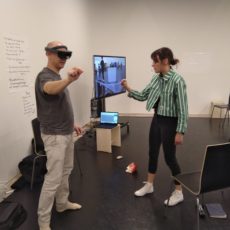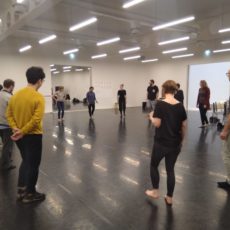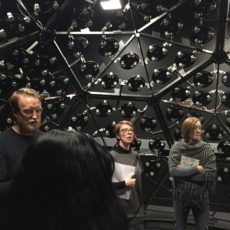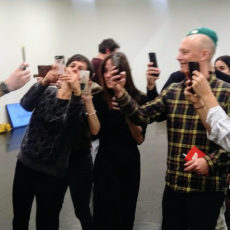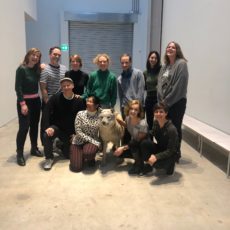Dance and choreography are about anything that moves from bodies, lights, projections, space, aura, energy, flow, the space between things, on both a macro and micro scale and everything in between. As a choreographer now it really feels that you have to really broaden your senses and awareness to take in the full scope of the art-form. I relish this as dance is more obviously moving beyond the physical limits of the body. There has long been a shared empathy with architects with both crafting movement within space but now it seems that the expertise of a choreographer or dance artist is so transferable into many aspects of new creative tech. There are so many applications that really want to understand human movement in a given environment or situation and it is becoming clear that we as movement artists have a lot of knowledge, experience and ability to bring to these fields. On a Sunday, we had a free and flowing session with Wayne McGregor discussing these things where he really provoked an articulated response as he implored us to value the transferable skills inherent in our art-form and profession. “Technology is always at the service of the body,” he said, and the body is the interface in many new creative technologies with advances in animation, visual effects, cross reality, User Experience, computer and video games, and visual computing. These mediums will require people with spatial logic, spatial skills, people who understand the transference of weight, flow and energy and who are sensitive to communicative contact and have a general kinaesthetic intelligence. Furthermore, we are experimental in our work which enables us to find failures within a system, something that is invaluable to these industries. There are many skills that we simply take for granted but that are valuable assets in working out the problems and opportunities in new creative tech.
“what is the future of the human body in a world beset by inequality as the principle force of evolution – natural selection – is replaced by intelligent design and how might subcultural movements and trends shape this”?
A large part of the QuestLab experience was to provoke a sense of self-reflection asking questions of our practice and previous ways of working which really encouraged me to focus on our audiences and users and how I might make our work more accessible across different distribution channels in order to reach people that would respond positively to our work, and then also how might different distribution channels affect the work itself. There has been a big push from inside the industry to get decent work online and I believe this could be done well but I really think we must resist the temptation to just video work made for Theatre and live performance and then broadcast that online. This does no justice to the art-form and would give new audiences a far from a positive perspective on the live performing arts in my opinion. I thought it was about time that we aimed to contribute positively to this domain in some way, but how?
As a choreographer and movement director working with the body, in dynamic time and space, I am obviously really intrigued by the possibilities of cross reality. I’ve often worked with more than one visual medium at the same time so to be able to coordinate and weave these elements without the boundaries of physics seems an obvious space for me to jump into. When I am making work I often instinctively choreograph work from a 360º perspective, I guess because of the organic “un-staged” quality I might be looking for at times and it feels a natural step for me to give the audience free right to roam around and even amongst the choreographic work. I’m so intrigued about the directorial, compositional and choreographic possibilities. There seems to be an almost shaman-like possibility here as we can potentially craft at the limits of human physicality both with the body and its environment. Furthermore, from an engagement point of view, I feel that creating something in the digital realm will really enable me to make our work accessible to electronic music and digital art enthusiasts and communities that have inspired much of TDC’s aesthetics over the years but who might for one reason or another not venture to the theatre to see the kind of contemporary performance that we offer. I’ve often talked about how music is and has been an aesthetic leader within the arts and how it is time for us to start giving something back. I feel with new creative technologies we have a way to bring something back to those communities, truly combining the art-forms creating ideas and experiences that go way beyond music video collaborations of the past. We are looking at movement, sound and visuals that only live for and with each other within dynamic time and spatial relationship. With our skills, this should be a new art-form that we can help to bring about.
TDC is partnering with the Confetti Institute of Creative Technologies and Mixed Reality Lab at the University of Nottingham to investigate a project we are calling SURGE Digital.

